Visit the Amazon in Iquitos, Peru!
Visit the Amazon in Iquitos, Peru!
–
A childhood dream came true for me, when I stepped out of the airplane and got to made my first impressions of the Amazon. There are several places to visit the Amazon, Iquitos in Peru and Manaus in Brazil are the most common places to start your Amazon experience. Both cities are not reachable by car, only by airplane and by boat. Have you ever searched for the Amazon Rainforest on a map? The Amazon River Basin covers 40 percent of the South American continent and includes parts of eight South American countries: Brazil, Bolivia, Peru, Ecuador, Colombia, Venezuela, Guyana, Suriname and French Guiana. Let’s explore the Amazon together.
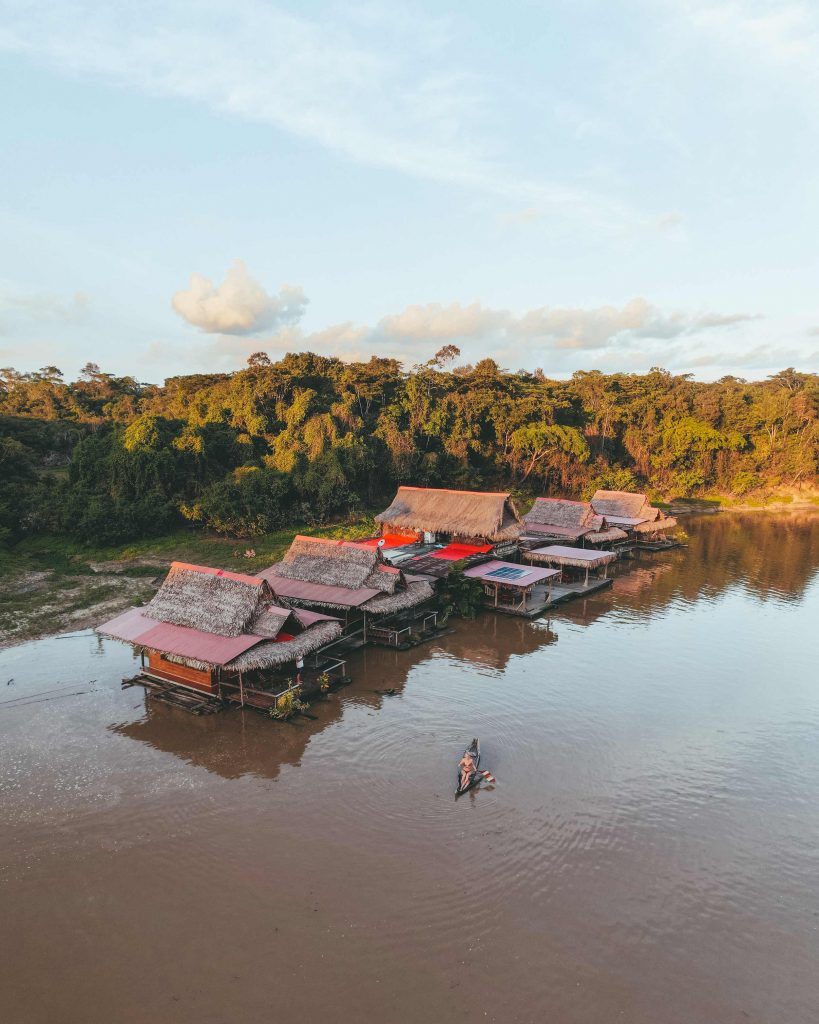
1. Fly to Iquitos
First, you have to book a national flight to Iquitos. Most roundtrip flights from Lima are pretty cheap, look for Peruvian national airlines like Latam, Sky and Viva. The flight will take around 1 hour and 45 minutes. There are also a few flights from Cusco, but they might be more expensive. Consider to fly only with hand luggage and leave the rest of your stuff in Lima, it will save some money if you don’t have to add extra checked baggage.
2. Stay in a lodge near the river
We decided to stay in the affordable amazing Amazon Oasis Floating Lodge, the only floating lodge we found online. The lodge is bookable via booking.com. Some lodges are pretty far away, so you need almost a day to get there by boat. Depending on your total time in Iquitos you should therefore choose your lodge. Amazon Oasis Lodge is only a 15 minutes boat ride from the harbor of Iquitos, you can even stay there one night (two full days at least for the activities).
Two brothers built all the villas themselves. A few years ago they asked the tribes for wood and had to negotiate about the amount. They finally got the approval of the tribal leaders and started to build the villas one by the other. Their whole family, their kids and their grandchildren live together in this place. And they are all so cute and caring! There lives also a man from New York with the Amazon family, who can translate from Spanish to English. The lodge has prepared a folder of different activities you can choose from.
If you are looking for some more luxury check out these lodges:
- Heliconia Amazon River Lodge
- Treehouse Lodge
- Muyuna Lodge
- Yarapa River Lodge
- Pacaya Samiria Lodge
- Sinchicuy and Tambo Yanayacu Lodges
- Ontorongo Lodge
- Cumaceba Lodge
- Refugio Altiplano
- Amazon Green Lodge
- Amazon Rainforest Lodge
3. Enjoy canoeing in the sunset light
Amazon Oasis Floating Lodge provides free canoes. Explore the smaller river arms with the canoe and look for monkeys, sloths and birds in the trees. The canoes are more like a nutshell here, but your balance get used to it ;), better to leave your belongings in the lodge though, in case you fall into the water. From December to June the water level of the rivers are almost 8 meters higher, then most islands and small trees are underwater. You can even see the roots hanging at the trees due to the higher water level. Luckily the floating lodge can adapt to the different water levels.
4. Amazon Forest Hike at “Insectario Macrodonte Comunidad de Porvenir”
When you are in the Amazon we highly recommend to do an Amazon Forest Walk! Although you might not swing from liana to liana, it’s really a special feeling to be surrounded by this huge rainforest. Only do a guided forest walk! Walks without a guide are really dangerous, you will most likely get lost in the forest (there are no visible hiking trails) and there are numerous of dangerous animals like tarantulas, boa constrictor, anacondas, very poisonous frogs and jaguars. To calm you, we didn’t see any of these animals, only monkeys, butterflies and birds. It felt pretty save walking behind our guide with a machete in his hand.
At the entrance of the park, you see how the locals squeeze sugar cane between two tree trunks. They let the juice ferment until alcohol develop and add tree bark and other natural ingredients for taste and color. Also you can see the typical way how they build houses with tree trunks held together by knotted leaves.
5. Visit the tribes
One of the most special activities in Iquitos are visiting the different tribes. Although a few members are used to tourists and will show you some of their common dances and rituals, the tribe actually still lives this way of life. The rest of the tribe lives without touristic encounters in the jungle. The tribes hold strong beliefs in the power of nature and spirits and have an extensive knowledge of medicinal plants from the rainforest. Despite all difficulties of diseases and historical occurrences they still live a life in nature.
The Yaguas Tribe
The Yaguas live in communities made up of several families. Each member has different tasks like fishing, hunting, childcare or handicraft. Typical for this tribe are the men’s skirts made of palm grass fibre. The Peruvian government declared their region as a protected area of Yaguas National Park.
We were taken to a large round wooden pavillion covered by palm leaves. We got some red face paint from the seeds of annatto. Every tribe has their own language and the special Yagua language survived until today. The eldest member, who will also welcome you first, will sing a typical song in his language for you. Only the younger members of the tribe can translate to Spanish.
Then the eldest member showed us their hunting method. Yaguas go hunting for birds, small monkeys and other small animals using a large blowgun with darts dipped in poison. They use a fast acting poison from the rainforest that doesn’t kill but paralyses the victim. Afterwards we were invited, or should I say forced ? :D, to dance with them. They play flutes and drums and it really felt special to dance in a circle with a tribe member holding my hand.
The occasional tourist visits have been accepted as an additional income. Although the visit is free, they are happy to sell some of their handicraft afterwards. We noticed that the members had very different ages from young children to great grandma and grandfather and that there were a lot of kids.
The Boras Tribe
Again we were welcomed by the leader of the tribe and they applied some black paint into our faces. In a wooden pavilion, the Maloca house, they first told us about their history and language. Then they showed us different very special dances, the pictures show their mode of expression. In the end we were again invited to dance with them in a kind of polonaise and hand in hand in two rows. We were then invited to buy their handicraft.
We really liked their beautiful painted clothes. We noticed that the members were younger and there were less kids. Maybe the children only stayed in the small huts built around the Maloca house.
They are originated in Columbia but with time some of them made their way to the Peruvian part of the Amazon. The Bora tribe hold strong beliefs in the power of spirits and nature. We should not underestimate their extensive knowledge of the surrounding Amazon rainforest.
There are a few other tribes in the Amazon Rainforest we weren’t able to visit.
6. The Pilpintuwasi Butterfly Farm & the Amazon Animal Orphanage
The Amazon Animal Orphanage and The Pilpintuwasi Butterfly Farm are in the same location in Peru, run by an Austrian woman named Gudrun. The Butterfly Farm and the Orphanage is open every day, check out their website http://www.amazonanimalorphanage.org. There is another farm called Pilpintuwasi, don’t mix it up, ask for Gudrun the Austrian woman!!
Pilpintuwasi Butterfly farm
After some social projects in Iquitos, Gudrun Sperrer startet with the Pilpintuwasi butterfly farm. She learned to breed butterflies and to show their complete lifecycle and the development of these beautiful creatures at Pilpintuwasi. Gudrun showed us the different butterfly pupae and the only just hatched butterflies with their perfect wings. She told us, that there is a big market for dissected butterflies, mostly hunted in Peru and Costa Rica. Unfortunately collectors let thousands of butterflies kill, to then just only pick a few creatures who’s wings are still absolutely perfect in shape and still shimmering. All the other butterflies then died for nothing. Therefore the diversity and number of butterflies in Peru went down rapidly. Gudrun is breeding a lot of different butterflies and releases most of them into the wild.
The Animal Orphange
People heard of the animal loving Gudrun and it didn’t take long since they brought her other bigger animals. Gudrun couldn’t bring it over the heart to not help these creatures, often found somewhere at the river bank, their parents already dead.
It’s a non-profit organization dedicated to protecting animals affected by the poaching and trafficking industry which thrives in Iquitos. They work with the ecological police to take in animals confiscated from markets, airports and homes, which often arrive with injuries and malnourishment. There are many species at the Orphanage: various monkey species, coatis, capybara, ocelot, jaguar and more.
Their first idea was to let the animals live free without cages and let simply the humans walk through the cage. Unfortunately the amount of animals increased and they were not always nice to each other. Therefore there had to be build some cages for the animals. They tried their best to create the animal’s spaces as big as possible.
Because tourists are not allowed to touch the animals, it’s easier to release them into the wild after recovery. Unfortunately the government makes it really hard to release any kind of animals, speaking of paperwork, money fees, vaccinations and health certificates. Also there is no financial support from the government for the whole orphanage right now. However, Gudrun is still fighting to release as many animals as possible and help as many animals as possible!
The Problem
More and more tourists think they are helping exotic animals by buying them from a random person on the street who claims to have “found it abandoned in the jungle.” While tourists mean well, purchasing such an animal anywhere in the world exacerbates the problem by creating a black market. These animals are most of the times in ill health and their parents are often killed. It’s illegal and these people have to be reported!
7. Why we didn’t visit the “Selfie” Safari “Orphanage” Parks
Searching for animals in their own domain requires a certain degree of patience, perseverance, and active participation: but that’s the way it should be. This is what makes capturing a moment in the rainforest so much more exciting than seeing an animal in a zoo. Unfortunately there is a new trend in Iquitos: Selfie Safaris, where the main goal is to take a picture of yourself with a wild animal in a way that disregards the animal’s welfare. You have to remind yourself, that animals who are used to be touched by humans, NEVER could be released into the wild again. They would immediately die there! So if you support these animal parks by touching these animals and taking selfies with them, you are partly responsible for animals living their whole life locked up!!
Tour agencies or lodges offer tourists a chance to see wild animals. Often they assure tourists that the animals are well cared for by their owners but the local people are unable to properly care for these animals. Wildlife is often kept in deplorable conditions. These animals are then forced to pose for pictures with tourists for hours every day. Sloths, tropical birds, snakes, and primates appear to be the most common victims, but no animals are safe. Or do you think anteaters being kept on leashes are normal?
In our opinion the orphanage with the best conditions for animals is the Pilpintuwasi Orphanage, described above, where you can’t touch any animals. Gudrun tries everything to release the animals, as much as the governement let here. Because the animals aren’t touched by people and have their own save refuge, they will more likely survive in the wilderness.
Please do not go to places like El Serpentario, it’s really horrible for the animals. They will put every animal in your arms for selfies, like sloths and snakes. The same happens with the monkeys at Monkey Island, Isla de los Monos, the monkeys can’t be released anymore because they are used to climb on tourists heads and shoulders every day.
8. Boattrip along the river
Although you might already explored the surroundings of your lodge with the canoe, you might want to see the wider area with a motor boat. Your lodge will bring you to the different places via motorboat, but you can also ask them about a boat trip exploring the rivers and watching animals at the riverbank. For sunset you will experience the most beautiful light in the Amazon Rainforest. In the morning sunrise it’s sometimes still cloudy.
9. Iquitos City
We didn’t stay in Iquitos, because the city is really bustling and hustling. From the airport it took us around 30 minutes to get to the harbor where the motor boat waited for us. The lodges provide free airport transfer, so you don’t have to worry about how to get from the airport to the lodges at the rivers. Keep in mind, that most lodges only take cash.
The new bridge and the critical development of the Amazon Rainforest
At the moment (2021) they are building a really big bridge from Iquitos city to the other side of the big river – the Amazon Forest. The idea of the government is to connect the City people with the nature. We talked with different people about the idea of the bridge, like the host of our lodge, Gudrun from Pilpintuwasi, the tribes… All have the same opinion: The bridge is not good. The tribes and families in the Amazon are happy with their remote lifes and doesn’t wish to have any road connection. Much worse, locals loose their jobs, when boats are not needed anymore. Exotic animal trade and the illegal logging trade are both booming business sectors. And there is a big fear, that it is easier with the bridge to sell this illegal wood and animals to Columbia unseen. Peru is a lot more into punishment for illegal cleared woodland than for example Brasilia. But it get’s easier and easier now for big companies to illegally get the wood to Colombia. And were big money is…Our host of the floating oasis villas had to ask the tribes for the amount of wood which is allowed to be felled for the villas. Big companies only need a lot of money today…
When can I visit the Amazon?
The rainy season in Iquitos is between December and May. The rivers are almost 8 meters higher than in the dry period like September, when we visited the Amazon. However, we also experienced a heavy rain fall in the day. It’s not recommended to visit the Peruvian Amazon in the rainy season, despite the strong rain you will most likely getting sunk in the mud 😉 ! In the dry season you can count with 30 degree and a lot of sunshine.
What about mosquitos and Malaria?
There is a small chance to get Malaria in Iquitos, therefore it’s recommended to take along some malaria medicine in case you might be infected. As with all the mosquito-borne diseases, it’s important to use bug repellent continuously. Also, there is a small chance to get infected with yellow fever. But don’t worry too much, we got some mosquito bites too and didn’t get ill. With regard to the current situation we would highly recommend to do a covid test before getting in touch with the tribes, since they aren’t used to wear any masks. It might be better to be fully vaccinated!
Popular Rituals in Iquitos
Iquitos got popular for two different rituals, originally used by experienced local tribes to heal their diseases. I take a very critical view of the way buses with hundreds of tourists arrive in Iquitos and let some self-proclaimed gurus treat them with some kind of animal poison. Most times these gurus aren’t wise tribe leaders, but Europeans or Americans who smelled the big deal or suddenly feel spiritually enlightened without really knowing what this animal poison is about and how dangerous it can be. A lot of people died during these ceremonies or had to vomit a lot! Furthermore I think the indigenous groups in the Amazon aren’t large enough to be able to handle these busloads of tourists. It can destroy their way of life! But feel free to form your own opinion:
Ayahuasca
“Ayahuasca is a shamanic medicine originating from the Amazon Rainforest, brewed from a combination of several plants that are legally available in Peru. It is associated with rituals and religious ceremonies that are specific to a complete Ayahuasca experience. The immediate effects of the medicine can be felt in about 20-60 minutes after the oral intake, but the intoxication can, on occasion, last on a person for up to 8 hours.”
Kambo or Sapo, Frog toxins
Deep in the Peruvian Amazon lives a giant tree frog that is in high demand for its natural toxins, which people are using to poison themselves in a ceremony that has become the latest supercleanse trend. For hundreds of years, these frogs have been used by Amazonian tribes for their supposedly powerful healing properties. “The person first burns a small area of skin and then applies the frog toxins, called kambo or sapo, to the burned spot so they’re quickly absorbed into the bloodstream. In order to extract the toxins from the frog, the guide places strings around each of its four feet and spreads the frog’s body out between four sticks. The toxins are scraped off the frog’s back with a stick.”
Anzeige / ad: The hotels and companies we mentioned above didn’t sponsor us. Our recommendations are based on our own opinion.
Comments (1)
Write a Comment
Follow our journey on Instagram
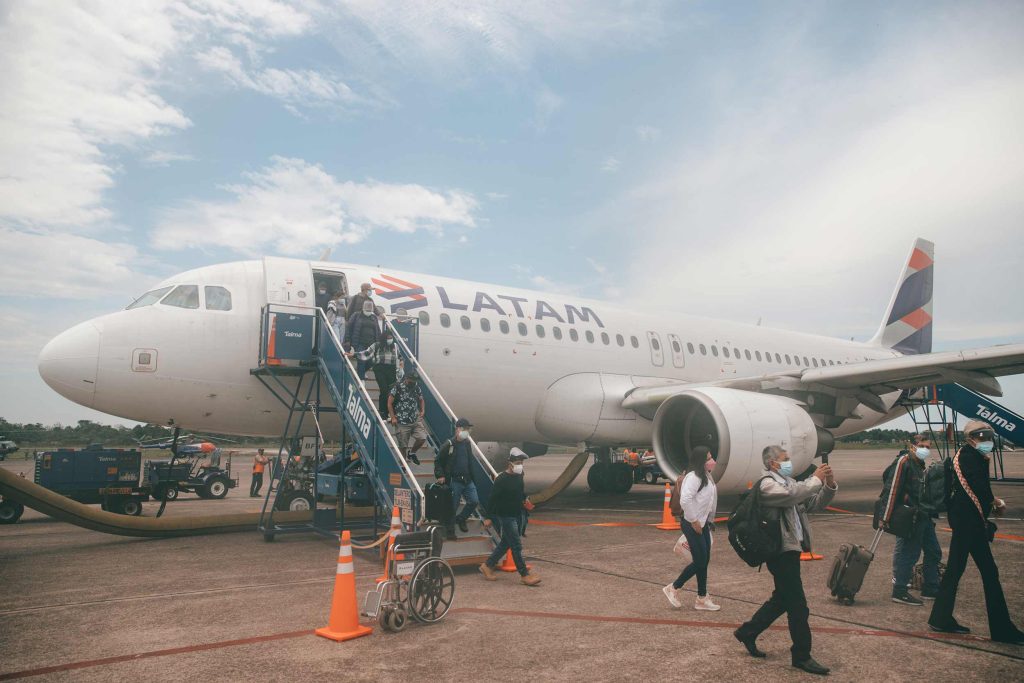
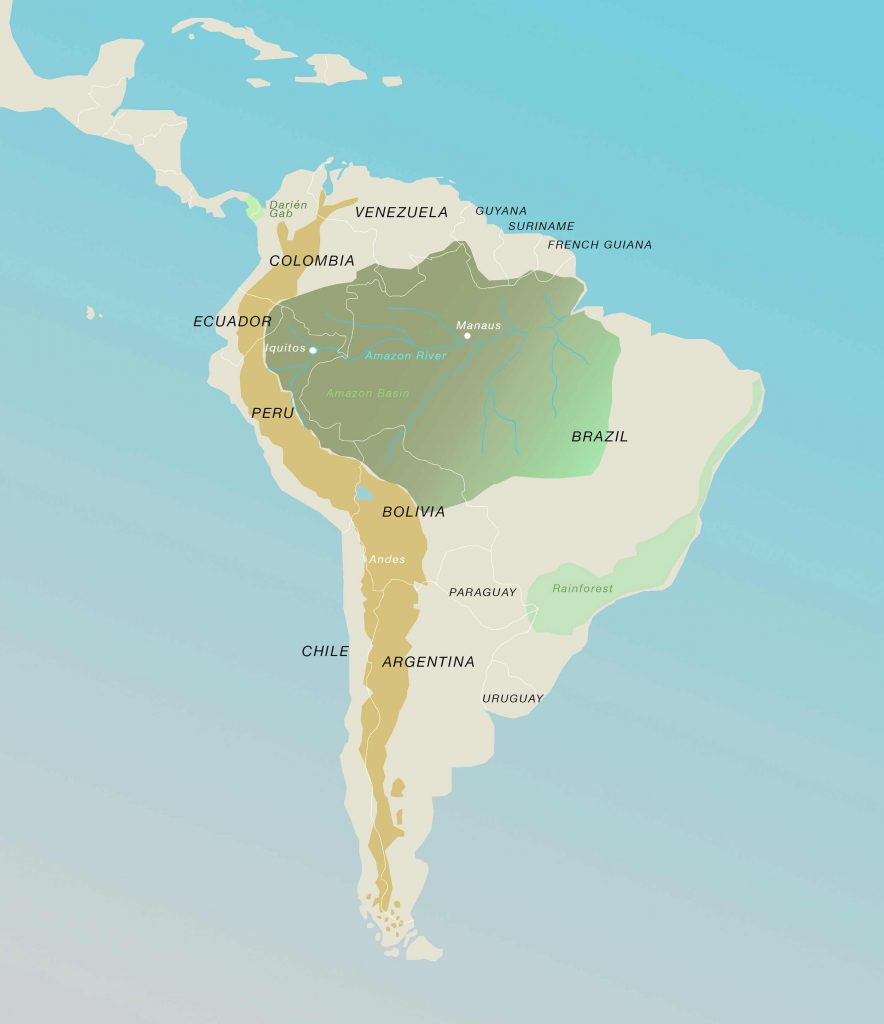
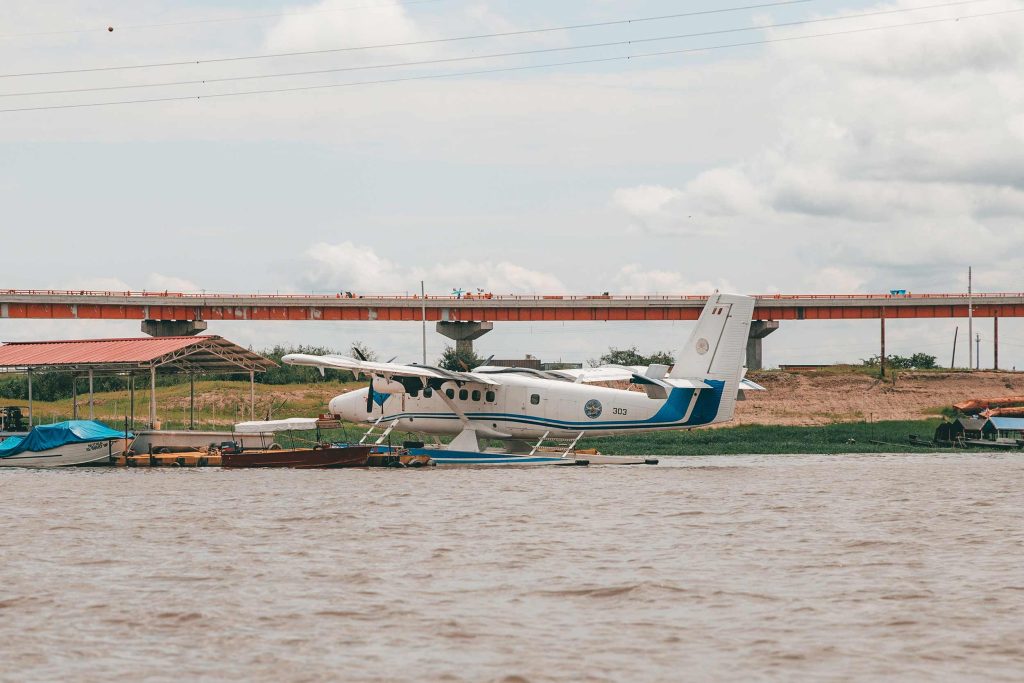
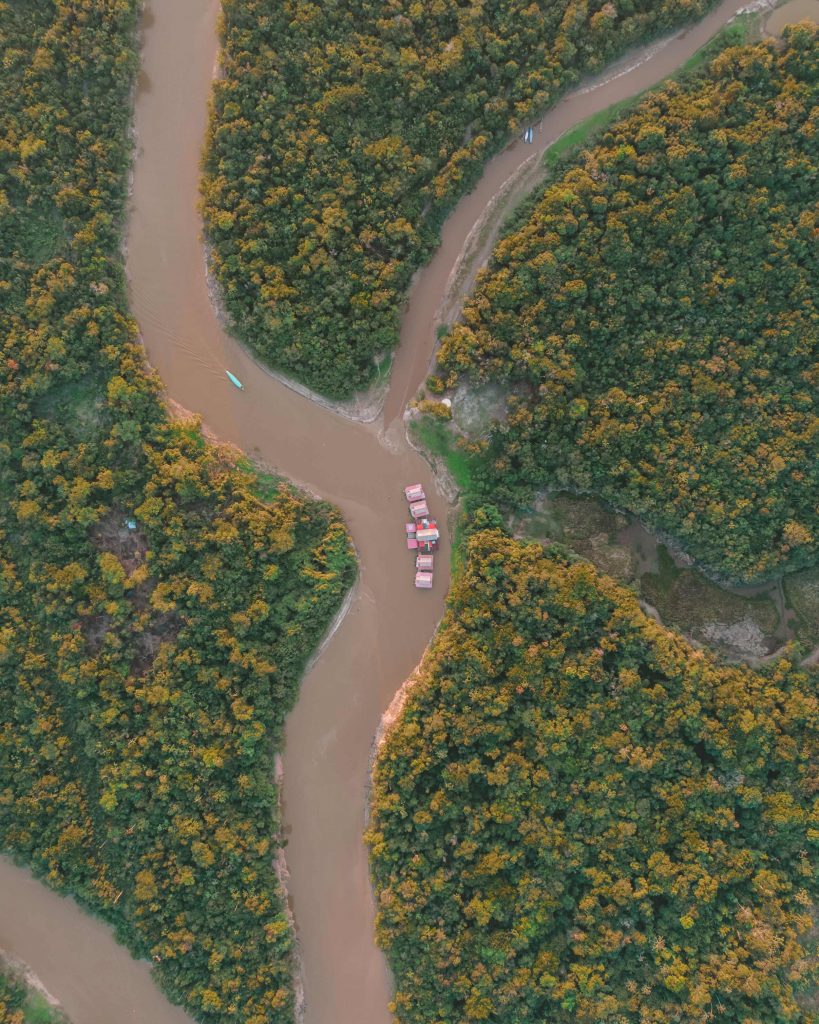
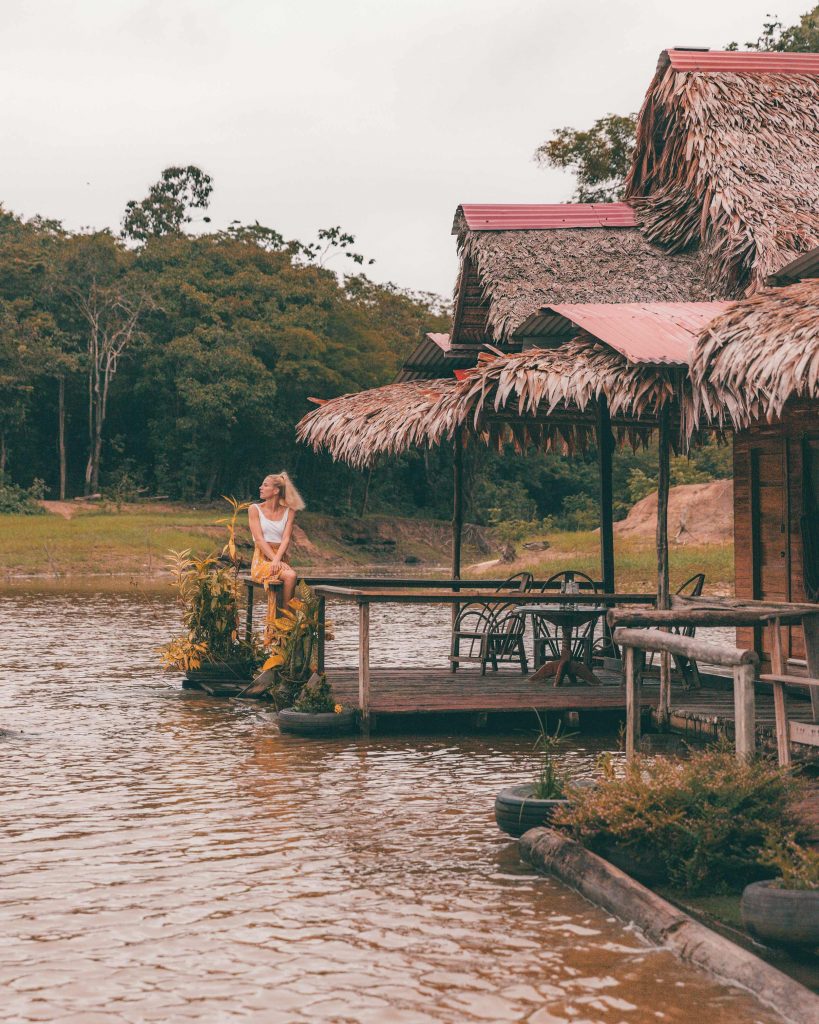

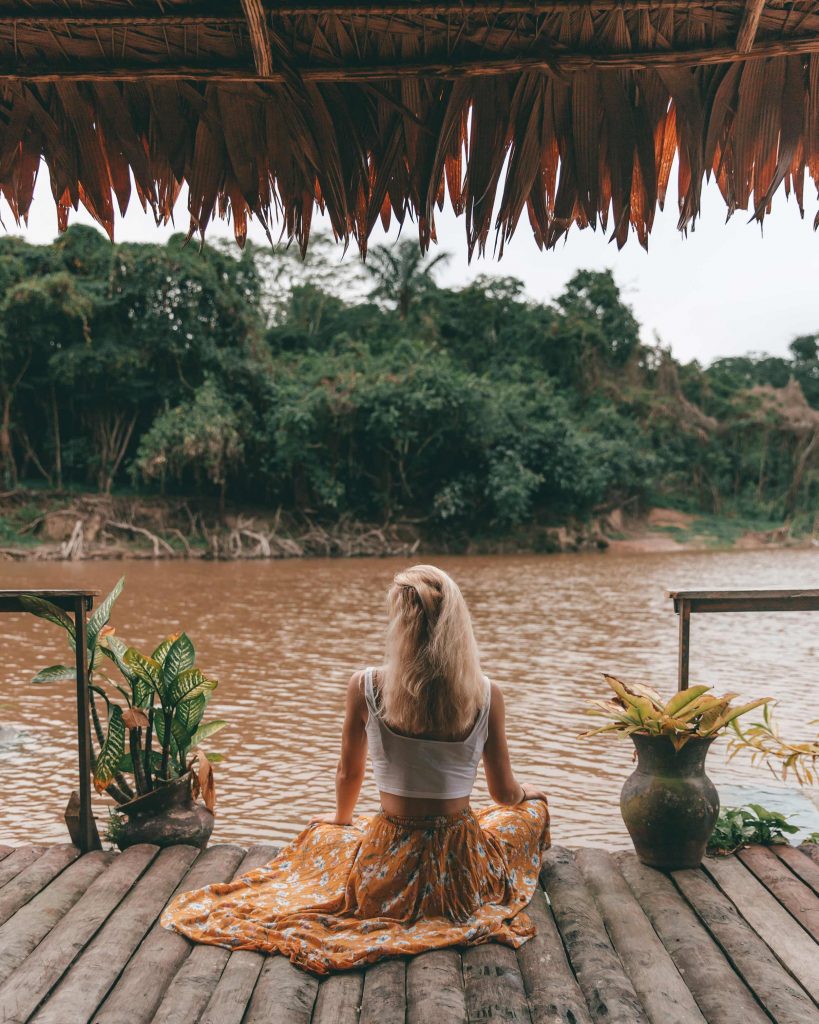
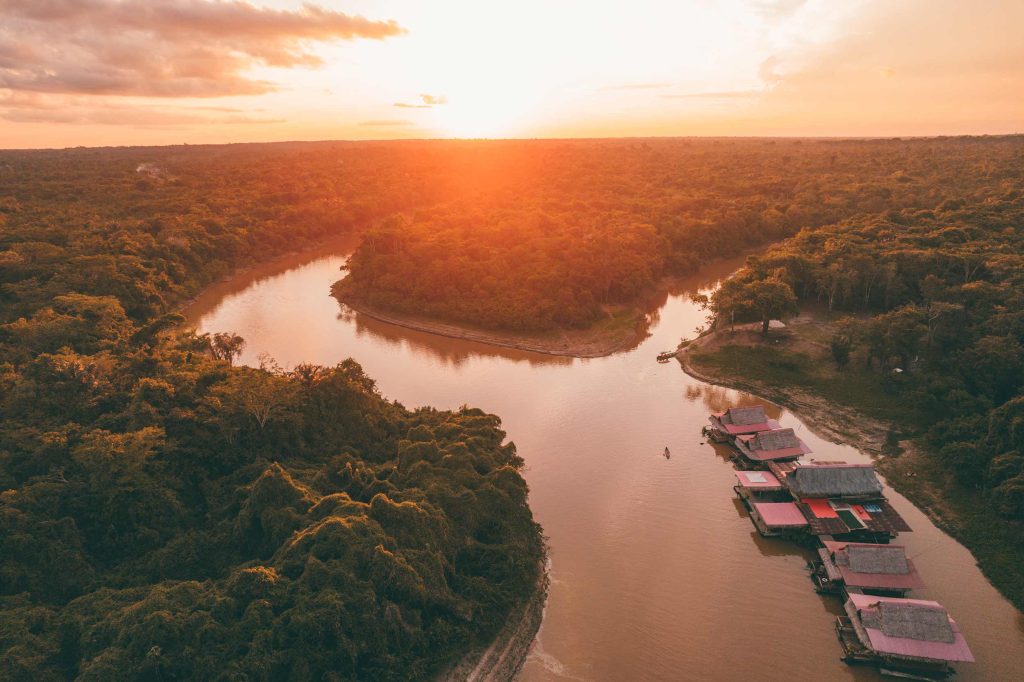
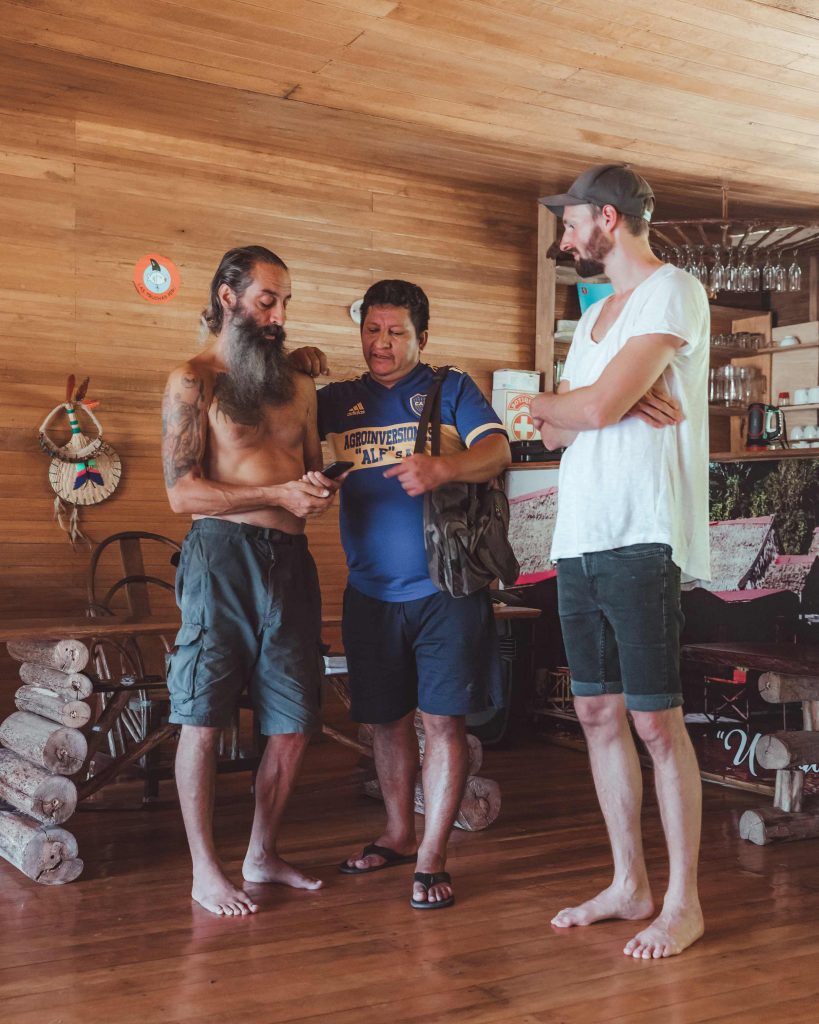
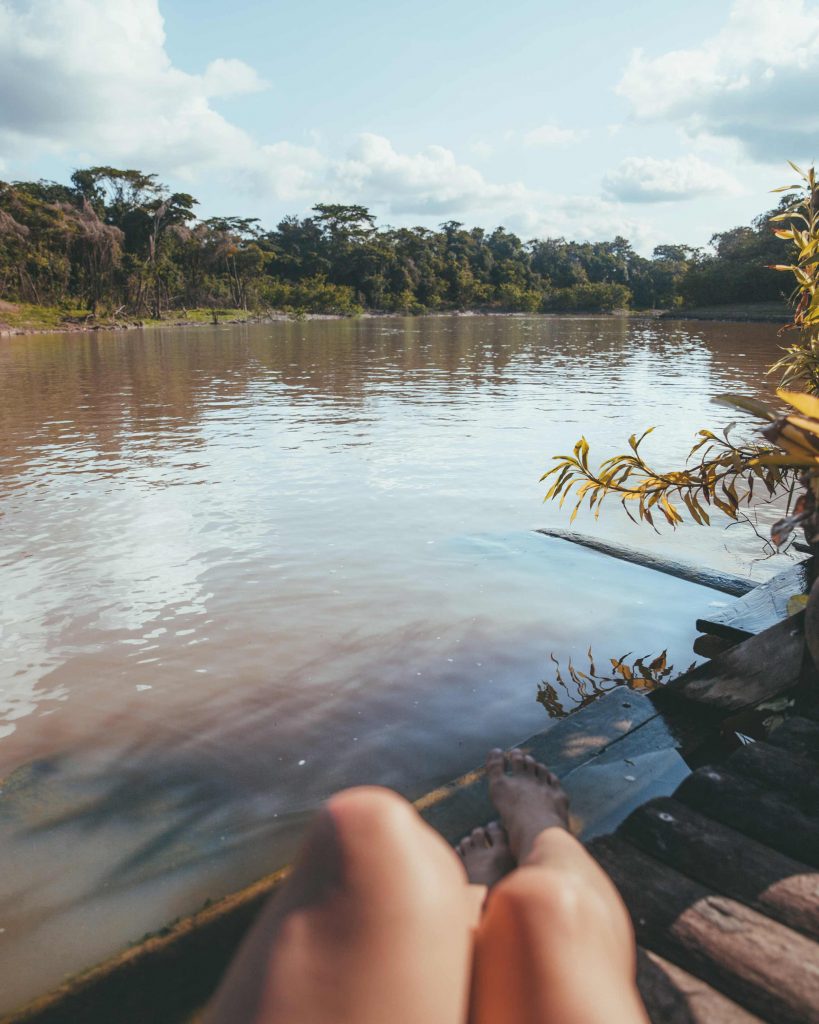
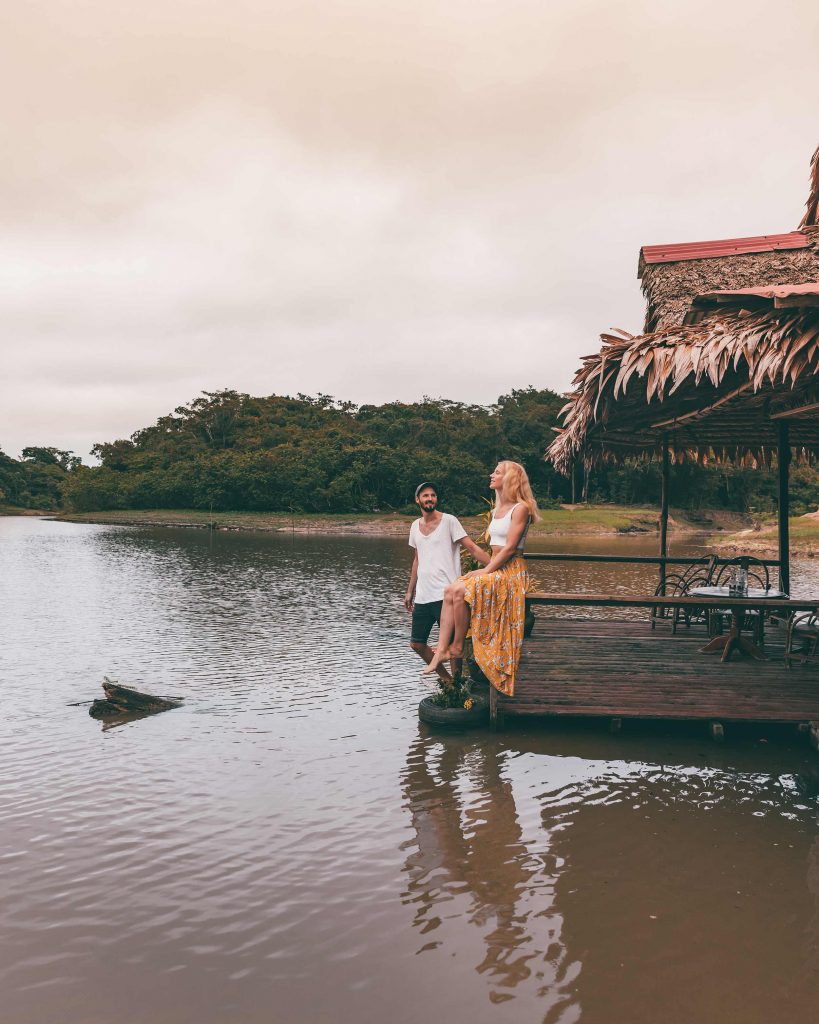
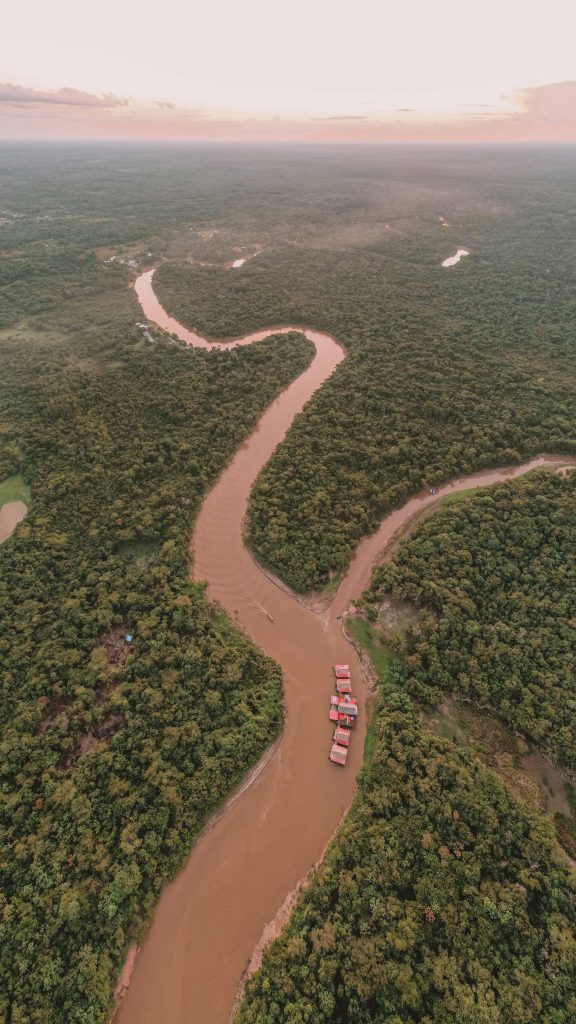
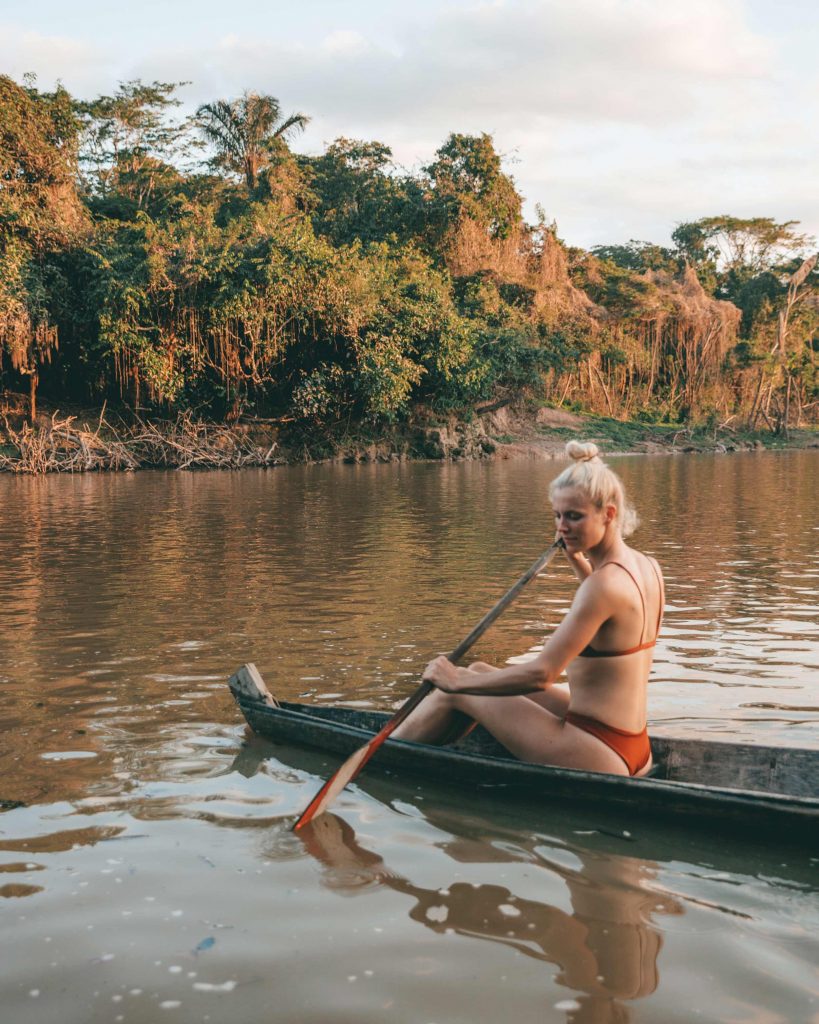
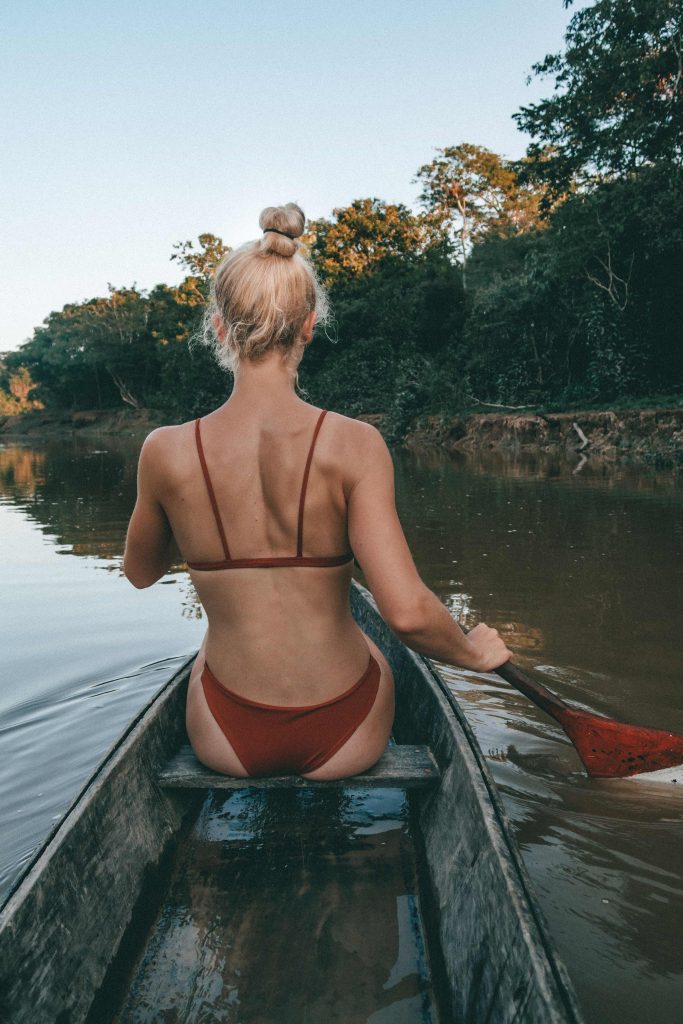
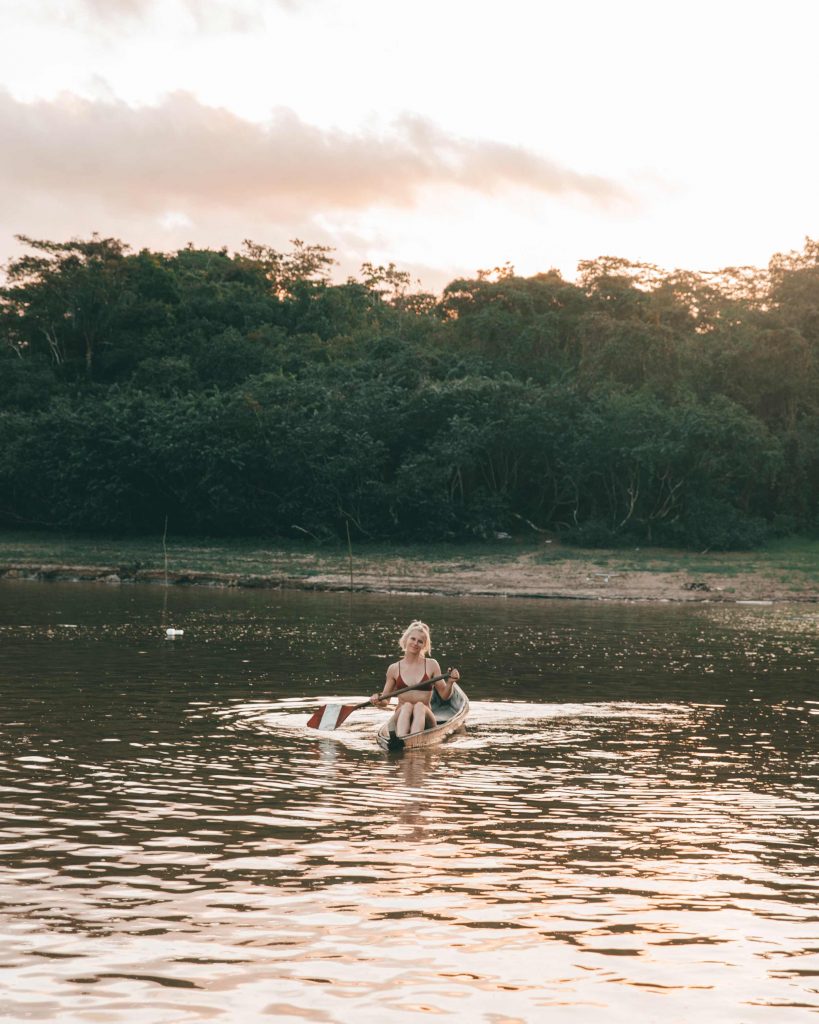
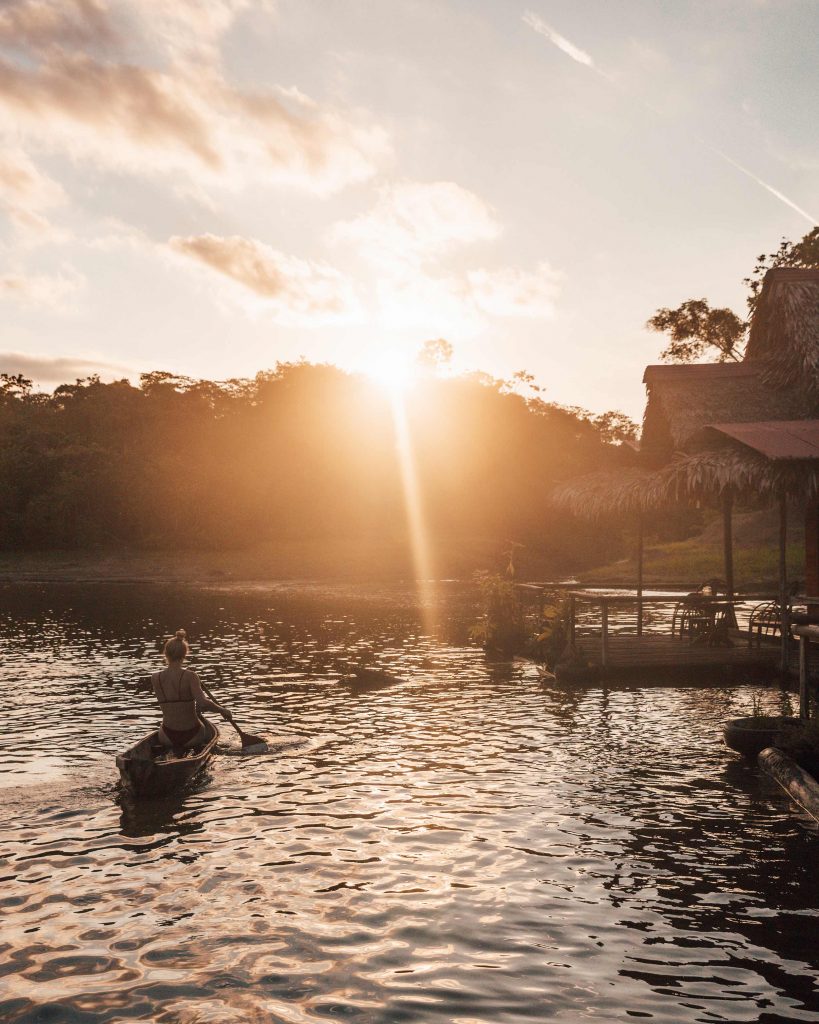
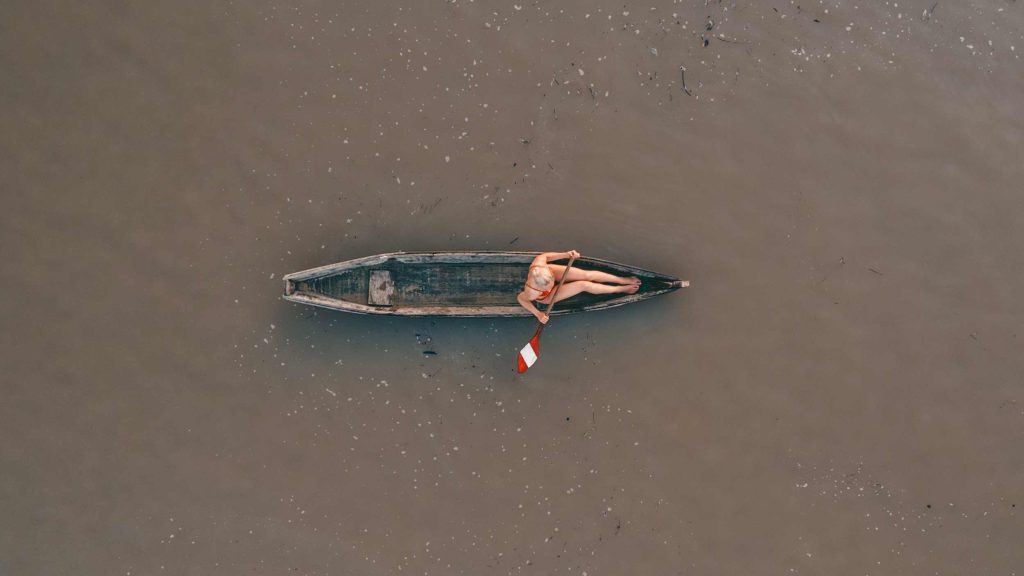
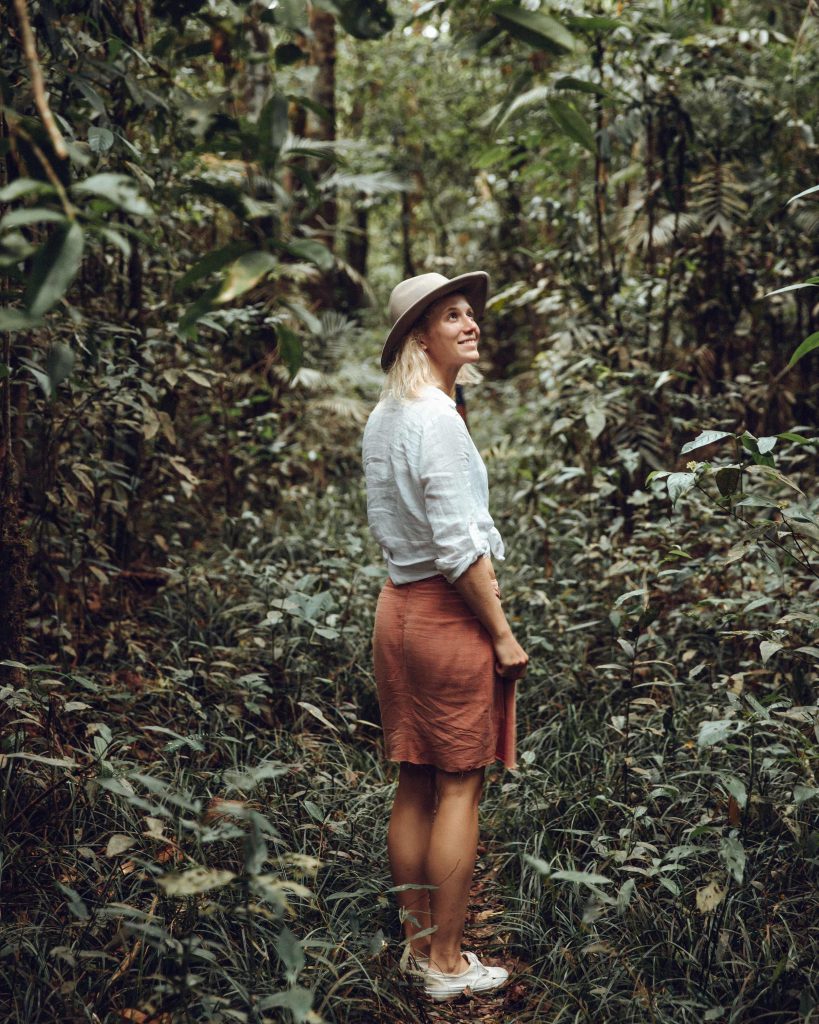
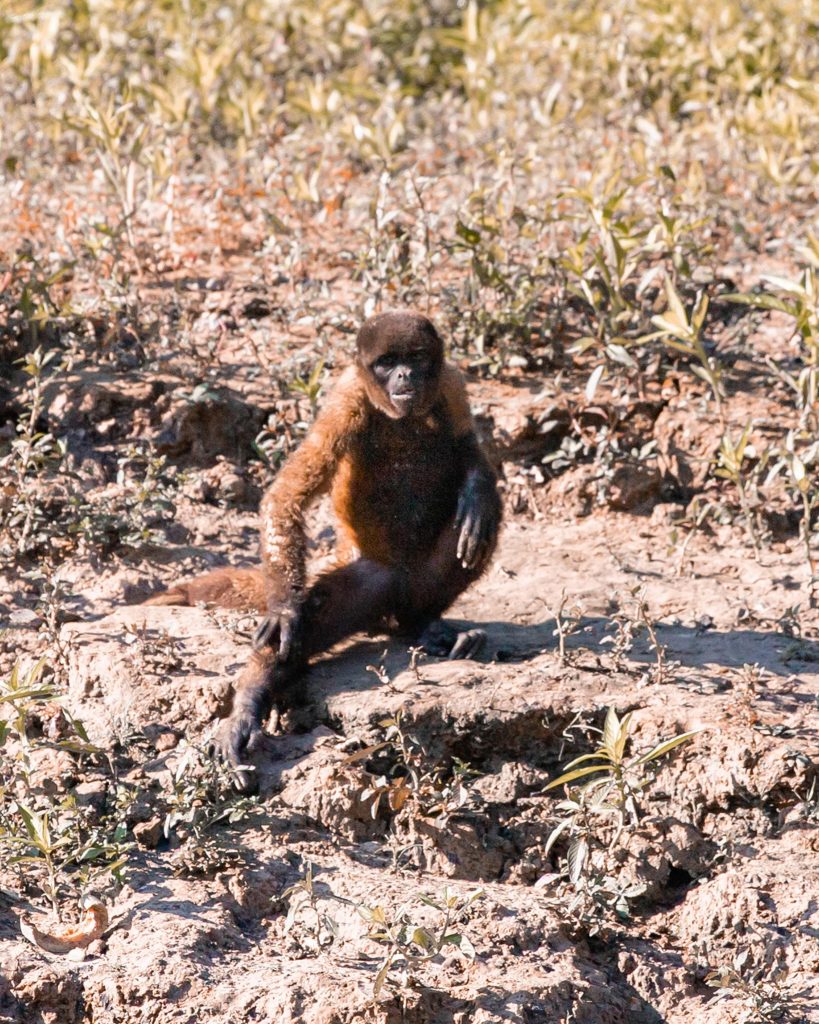
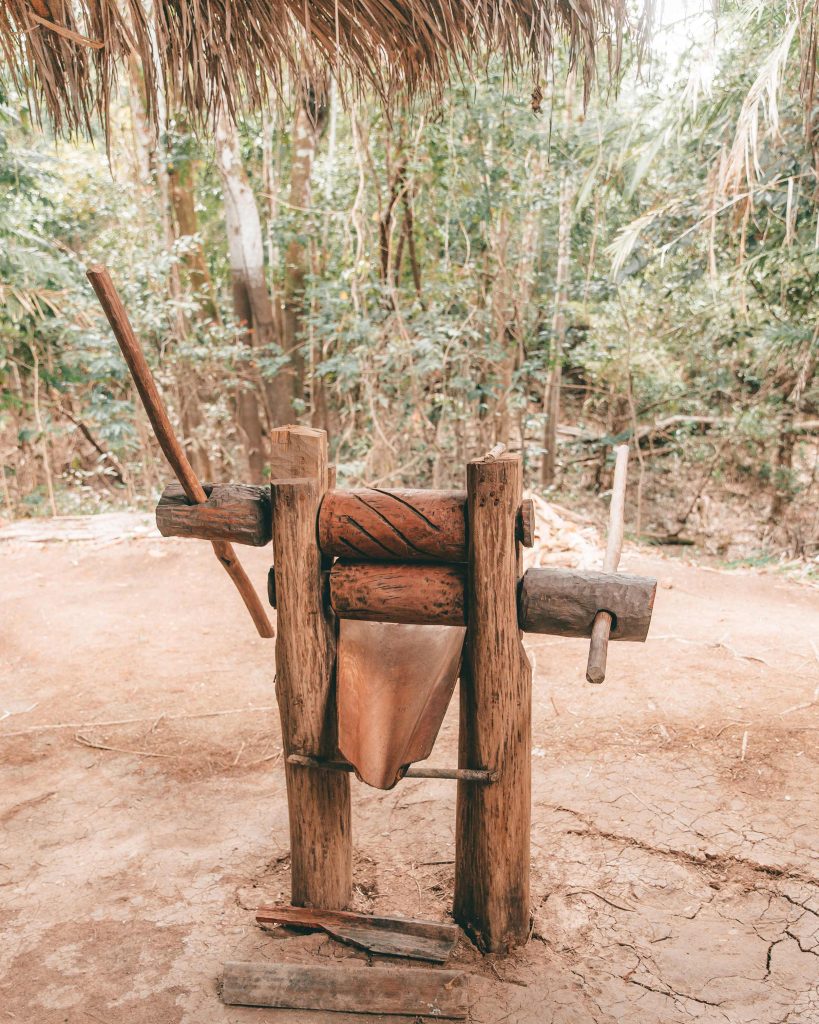
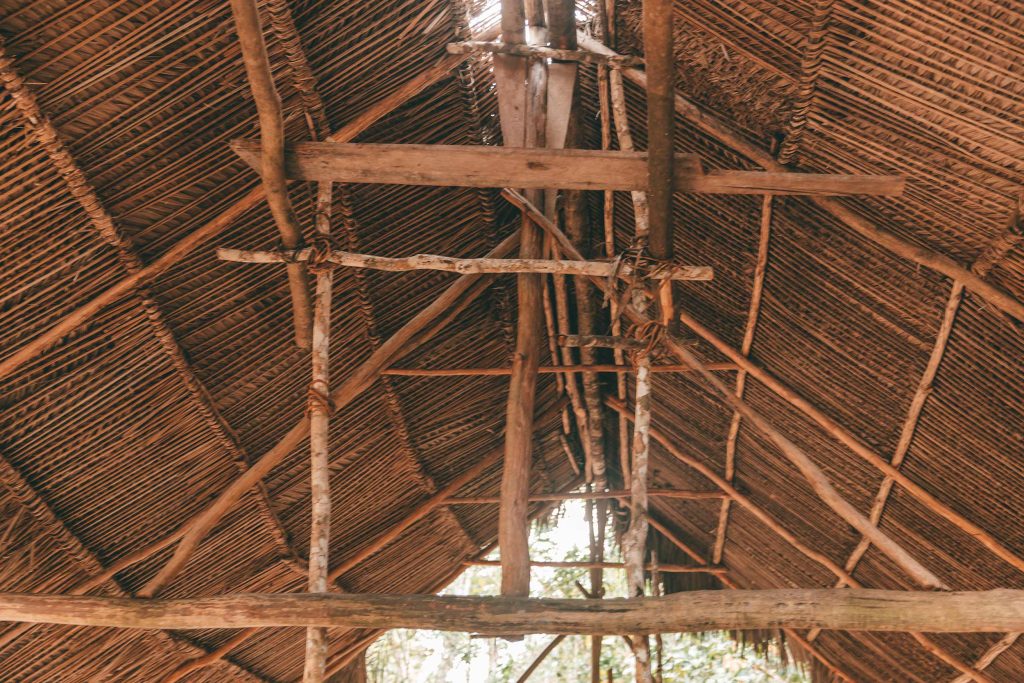
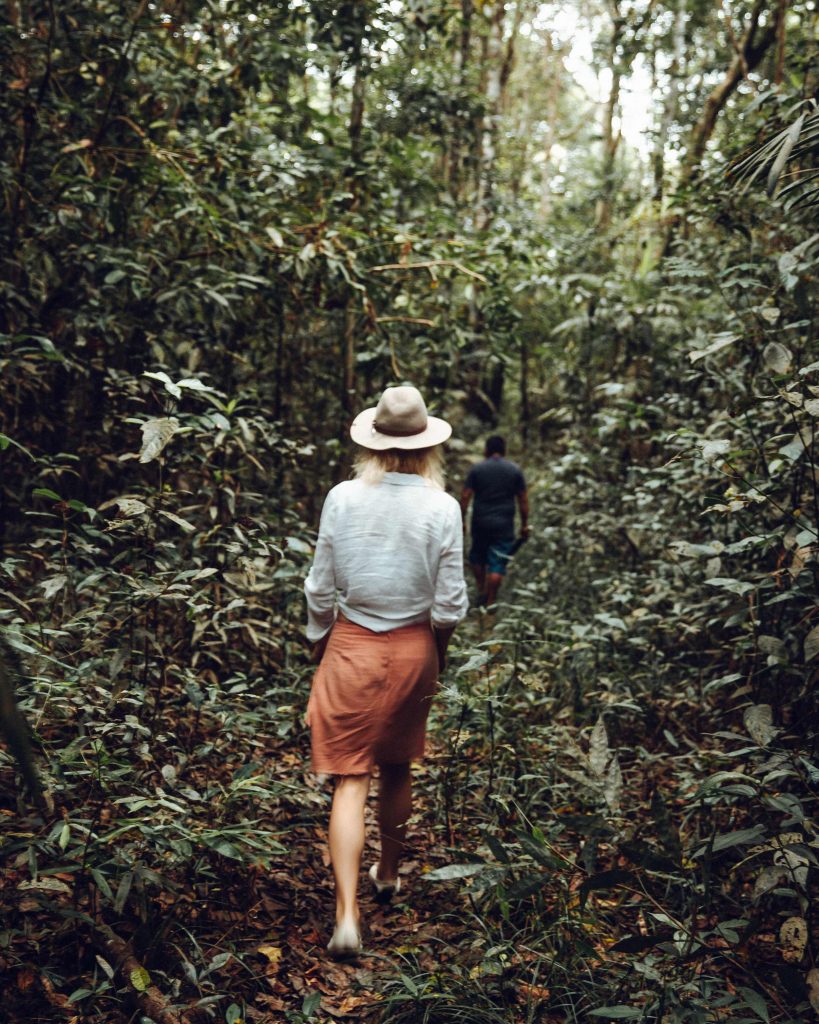
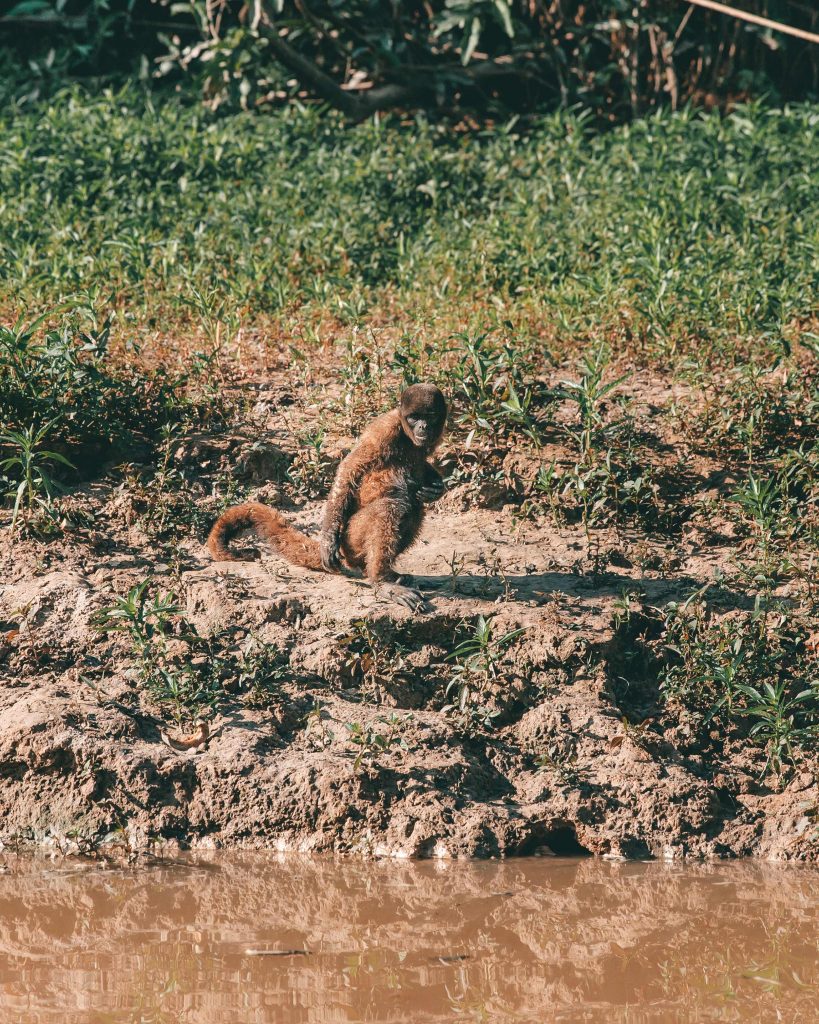
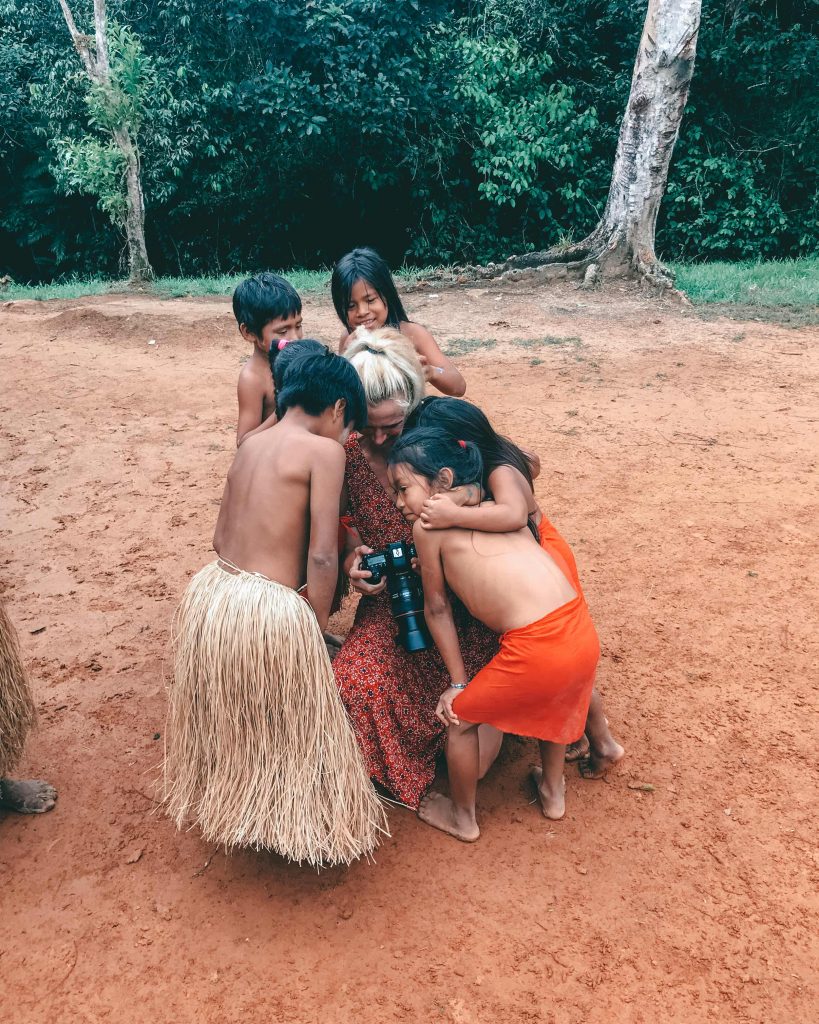

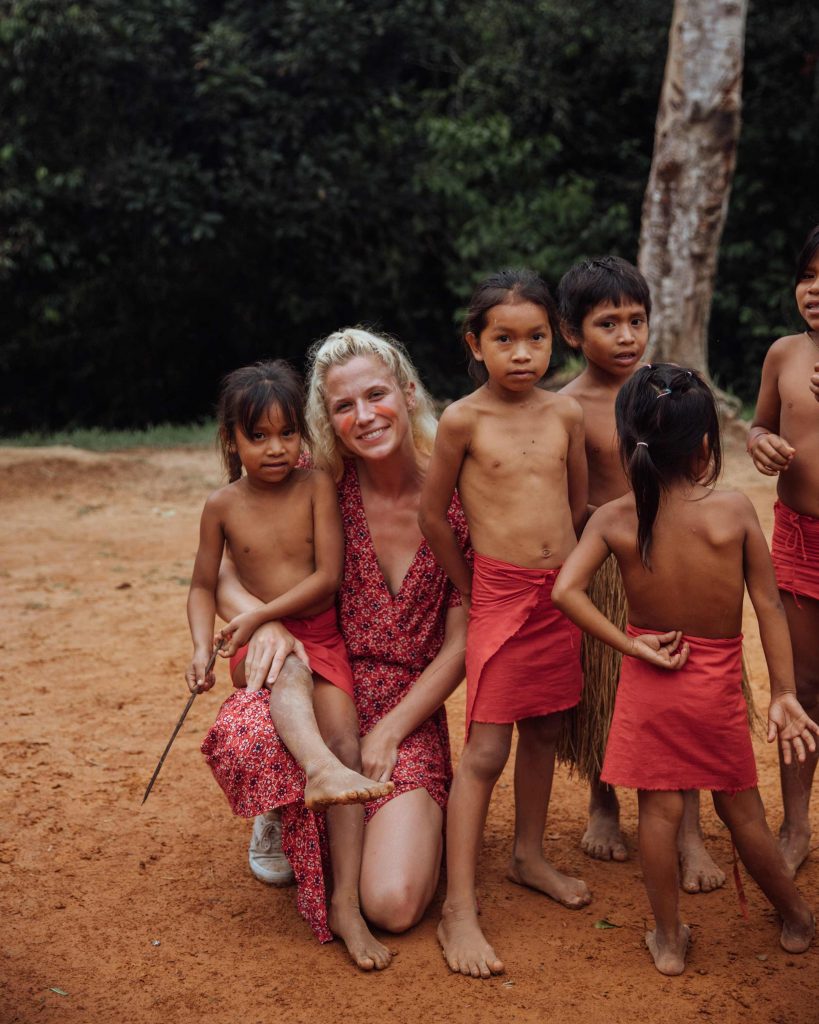
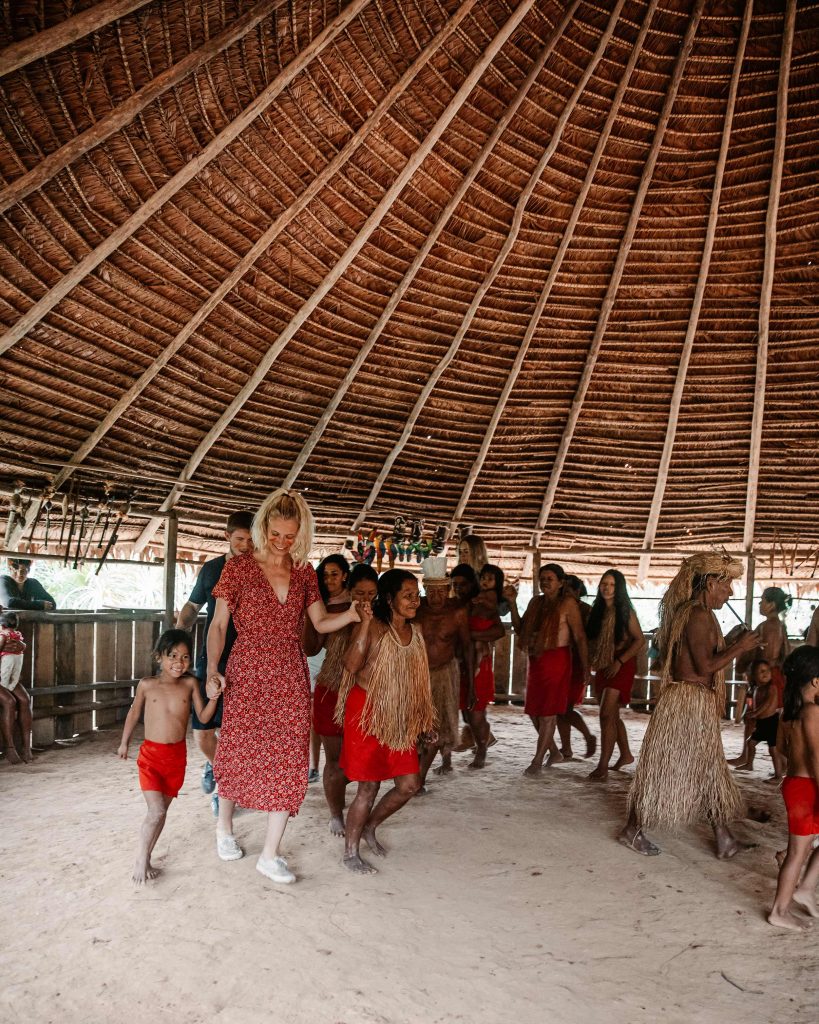
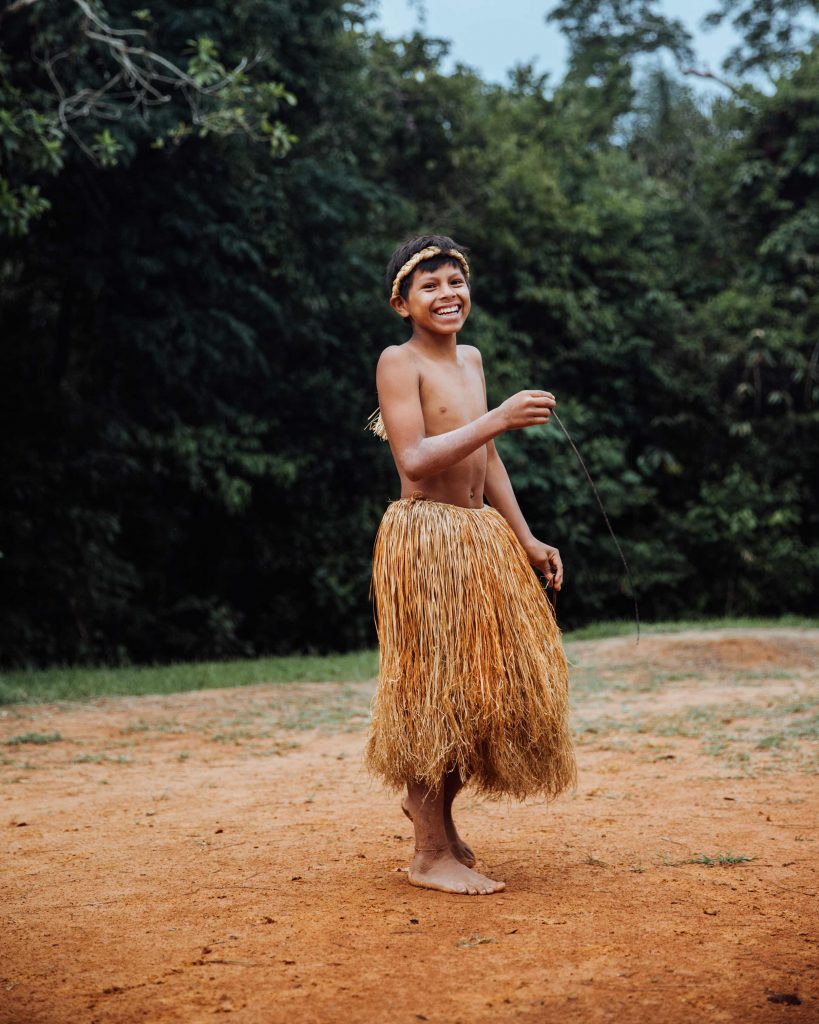
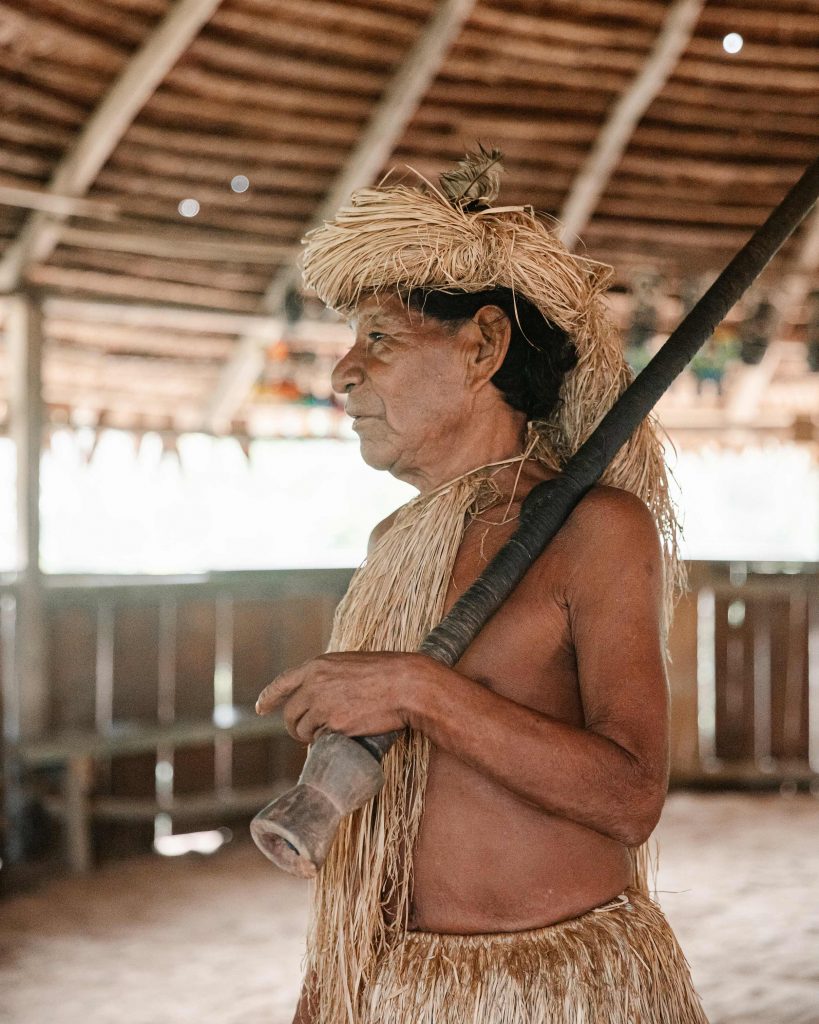
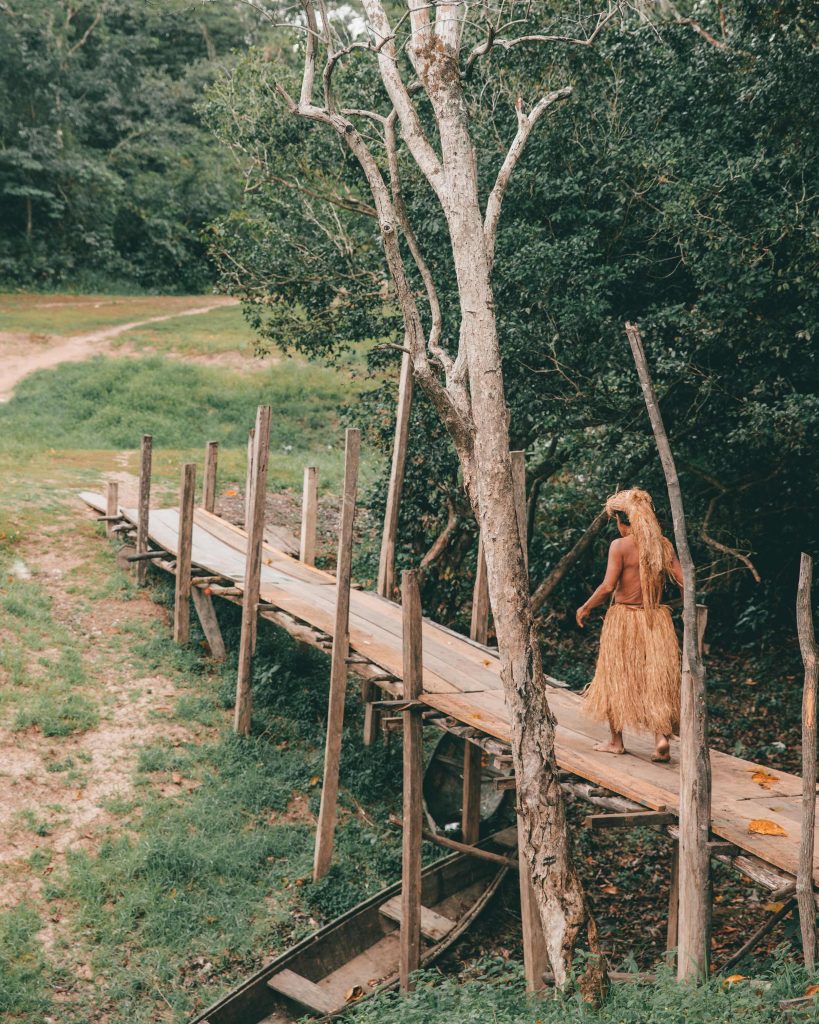
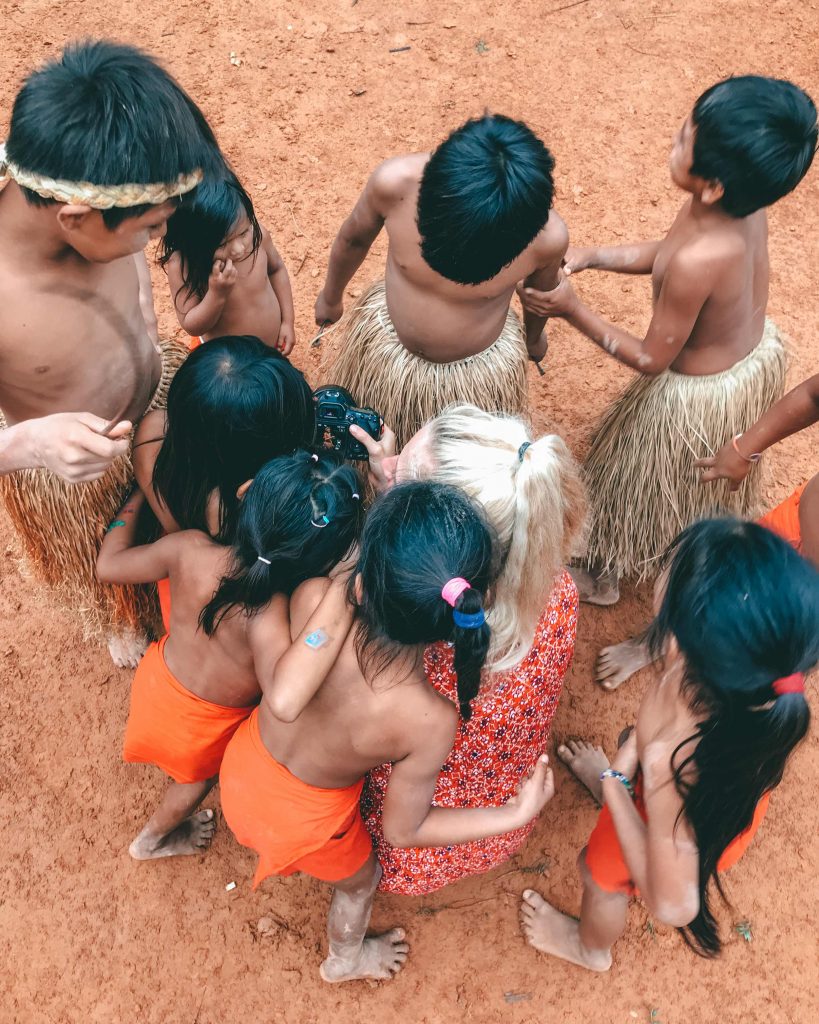
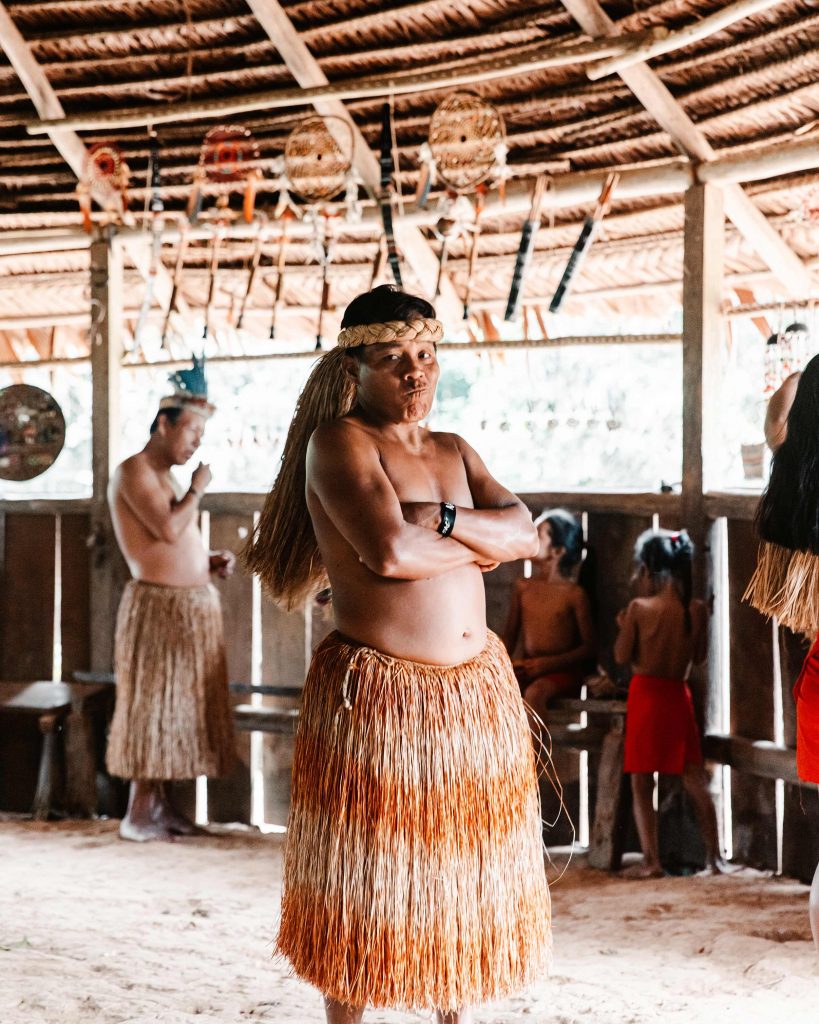
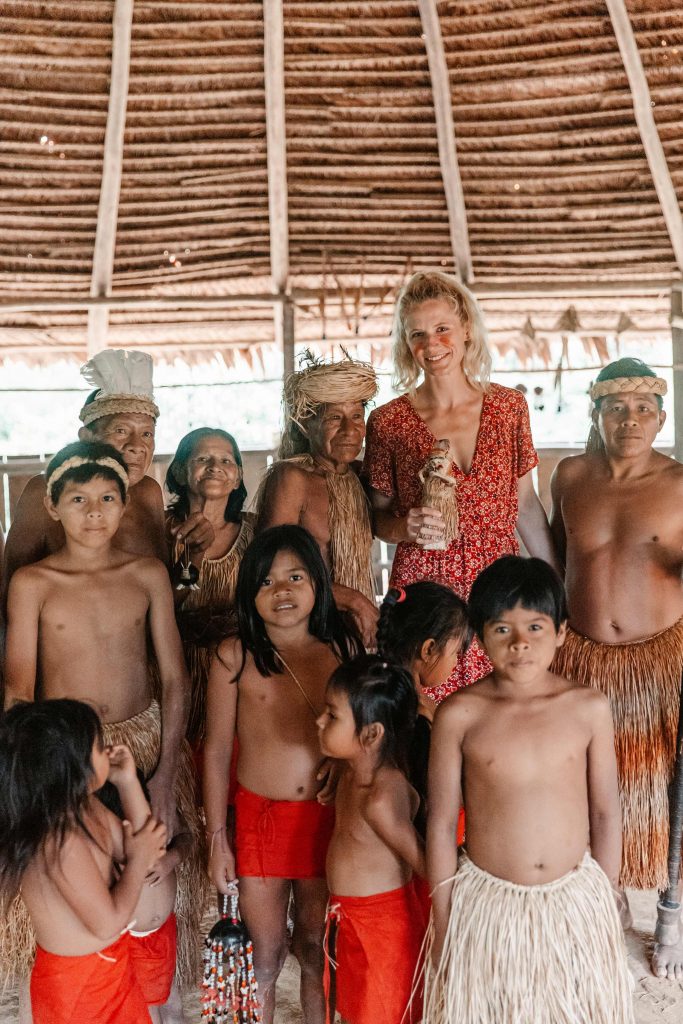
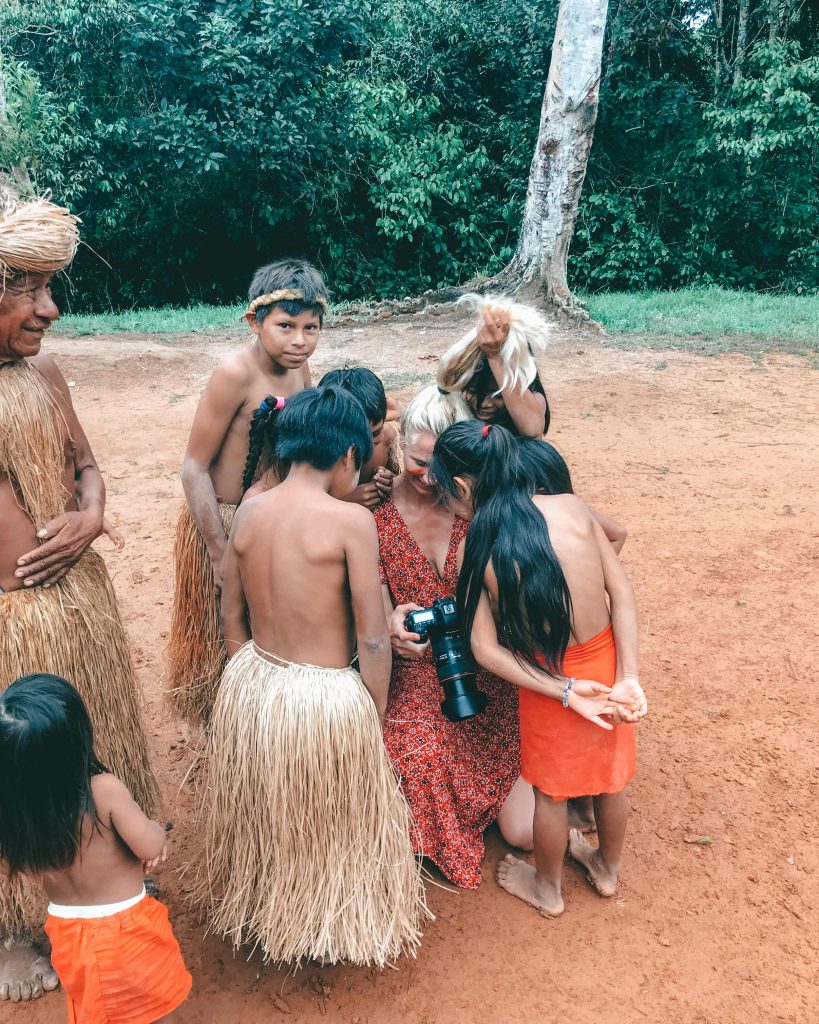
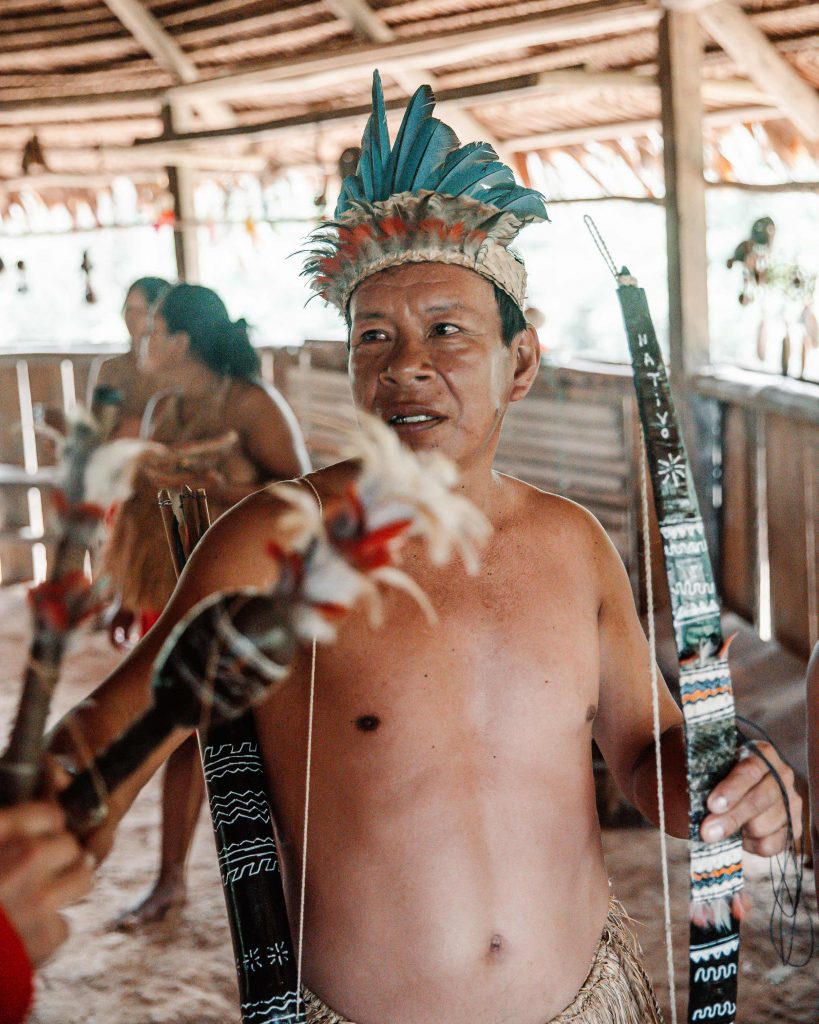

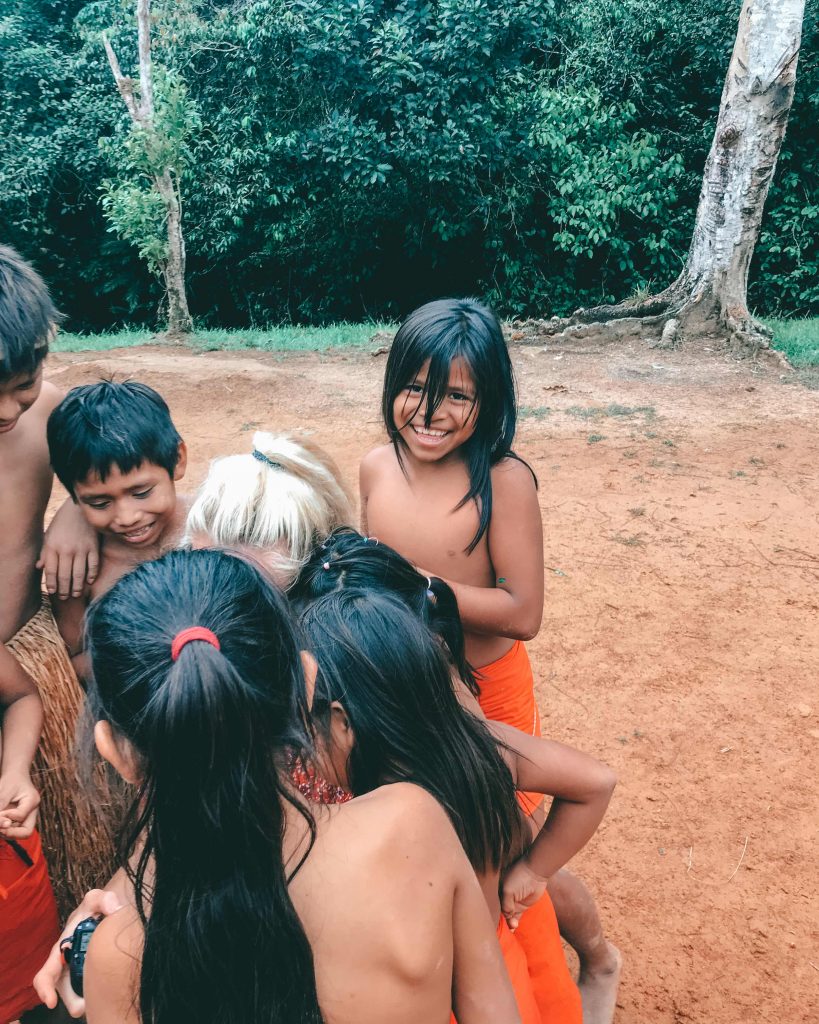
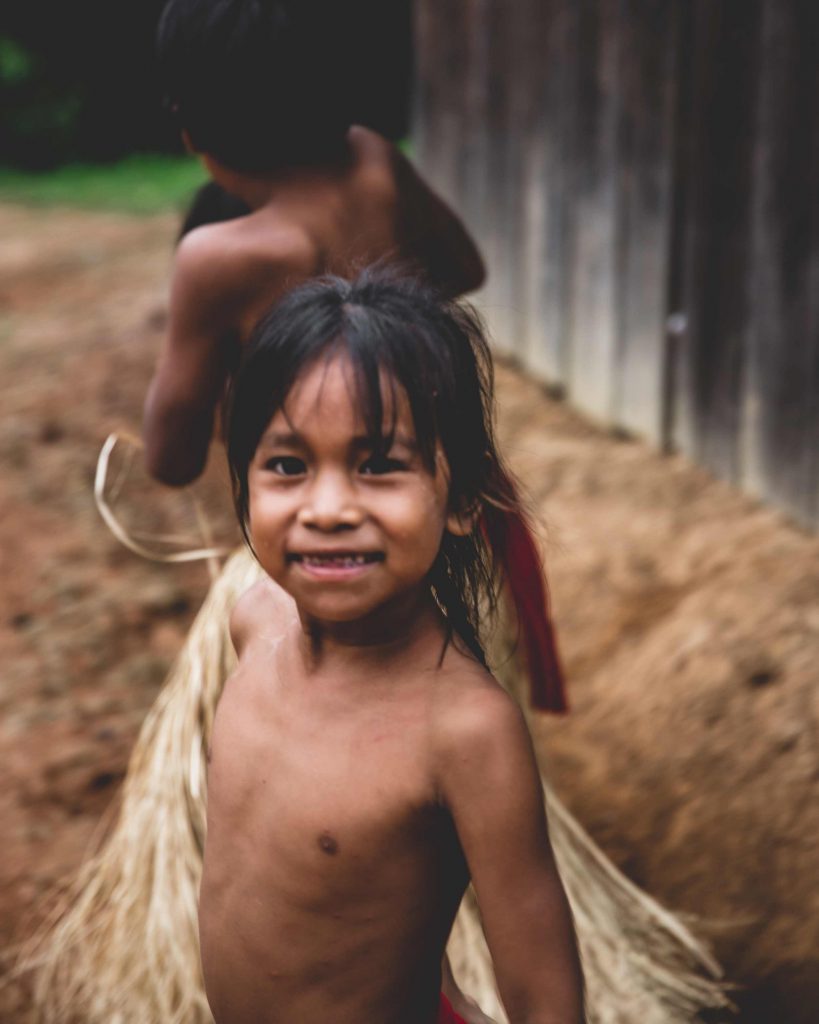
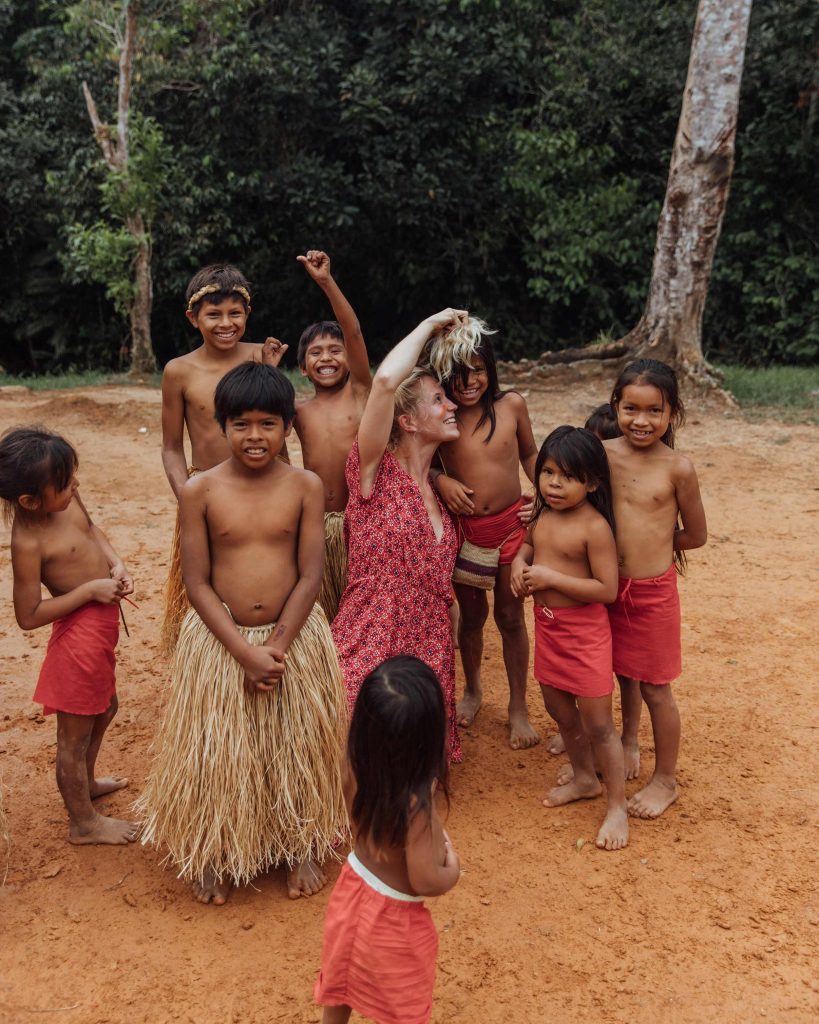
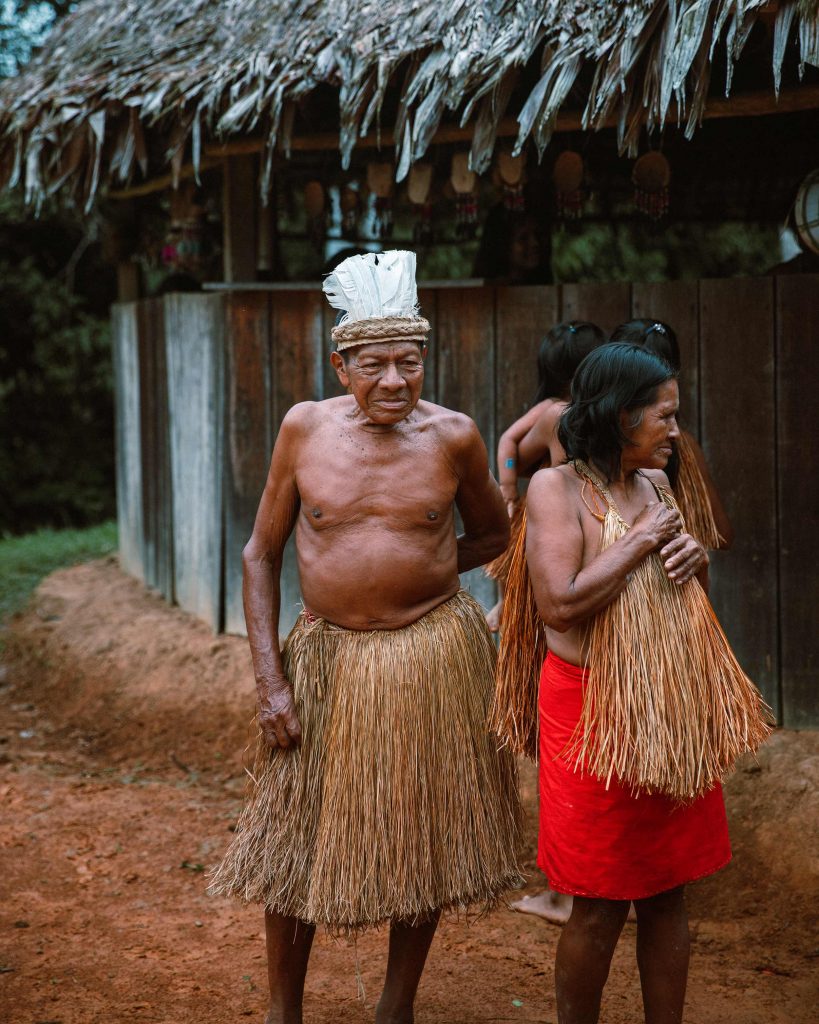
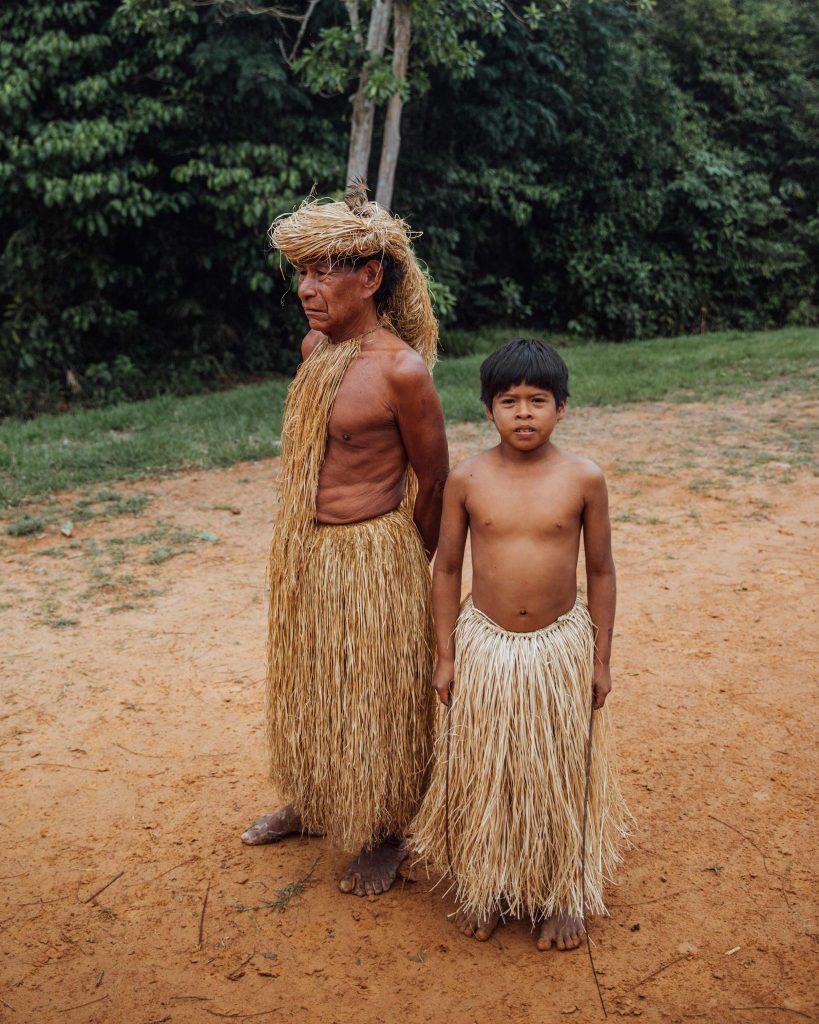
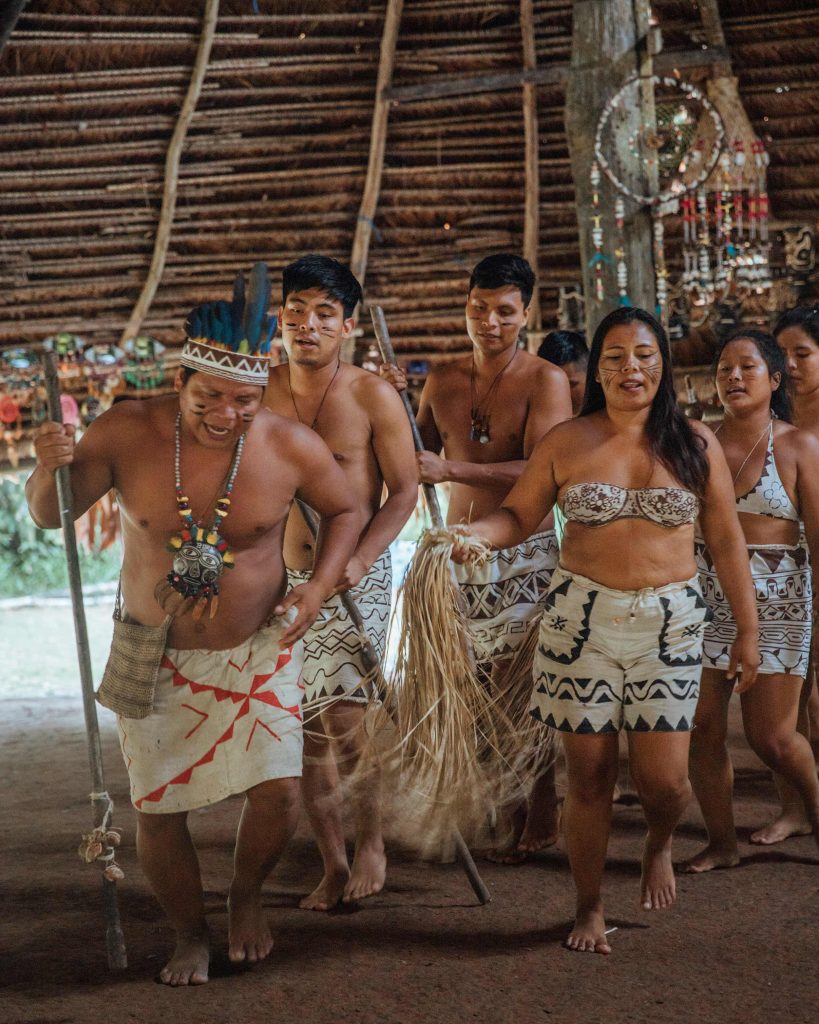
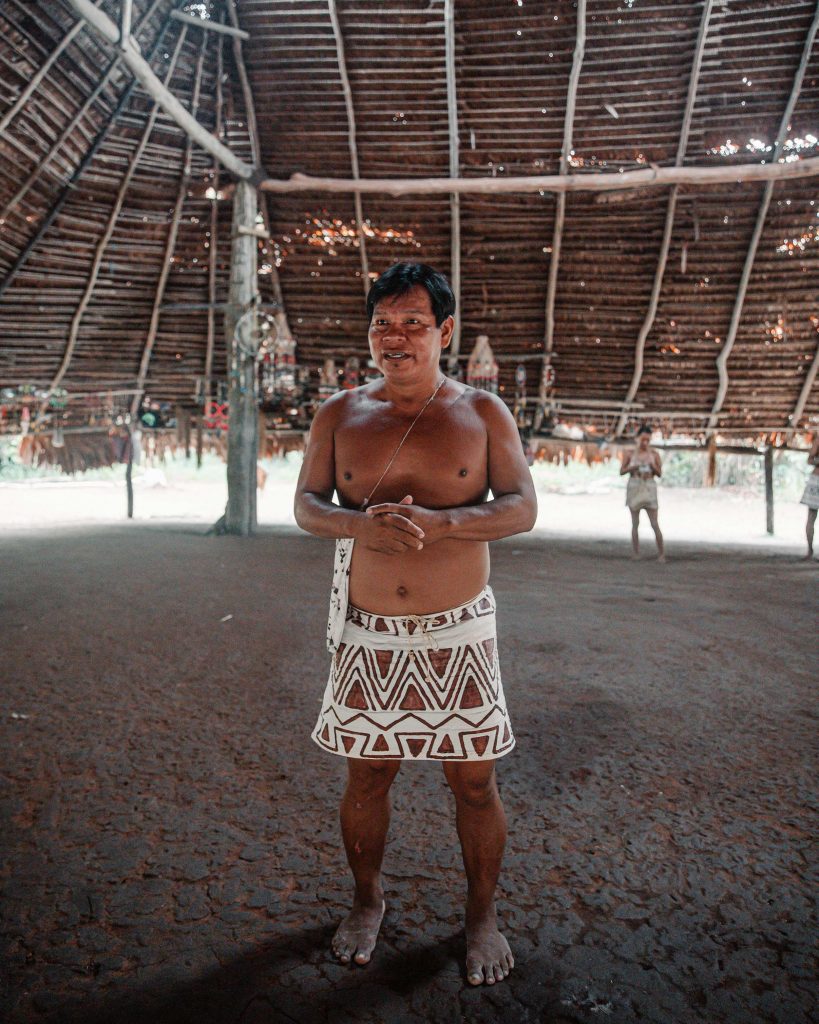
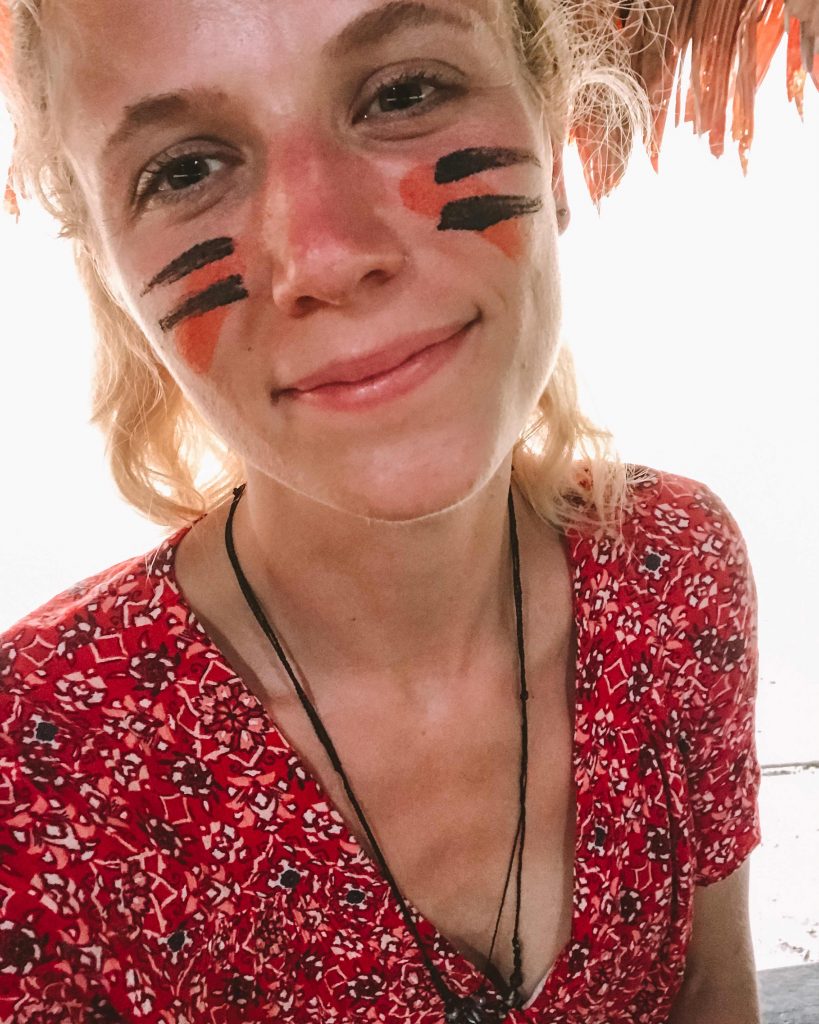
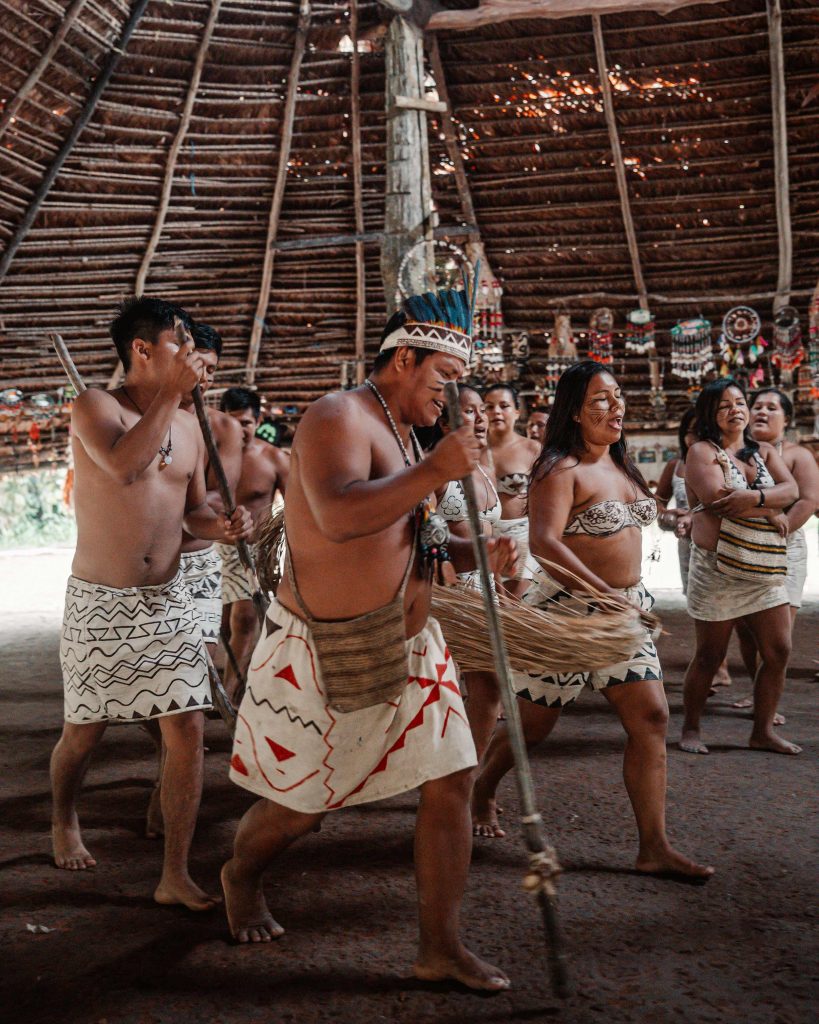
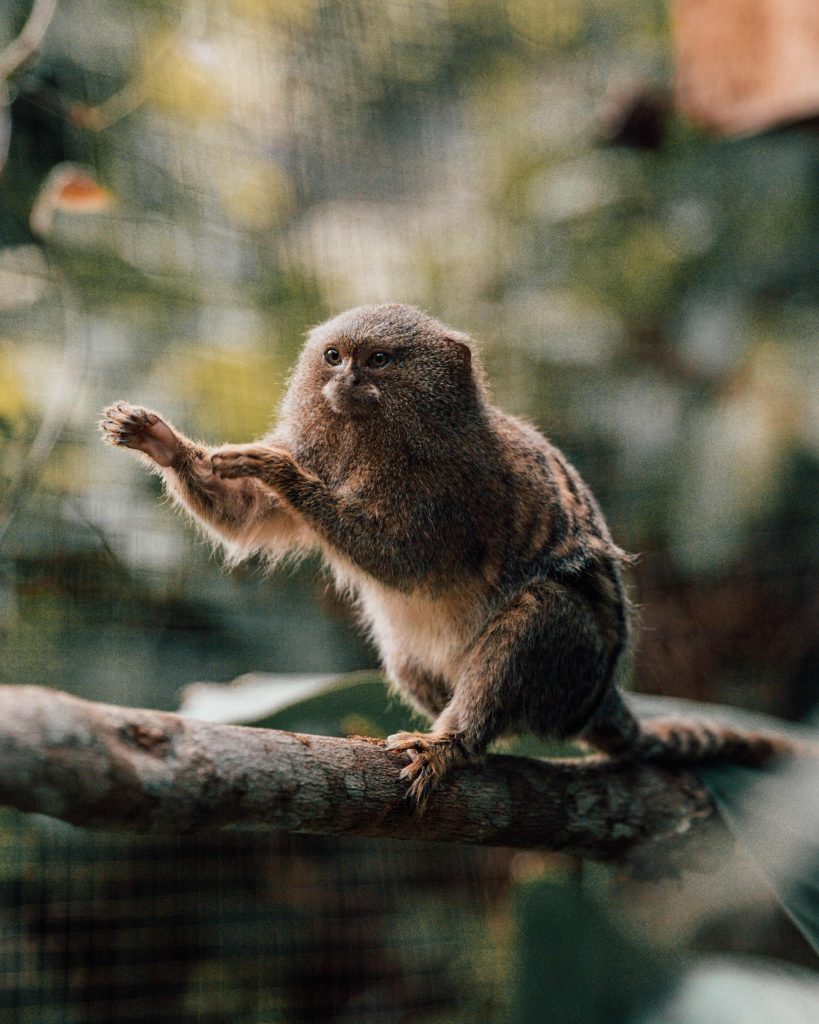
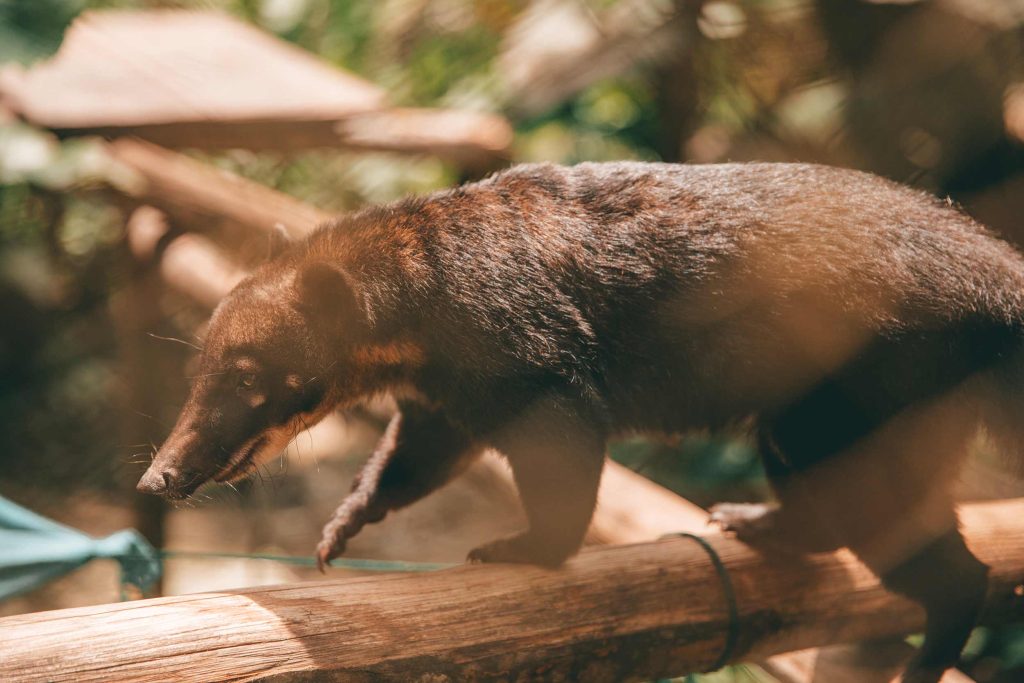
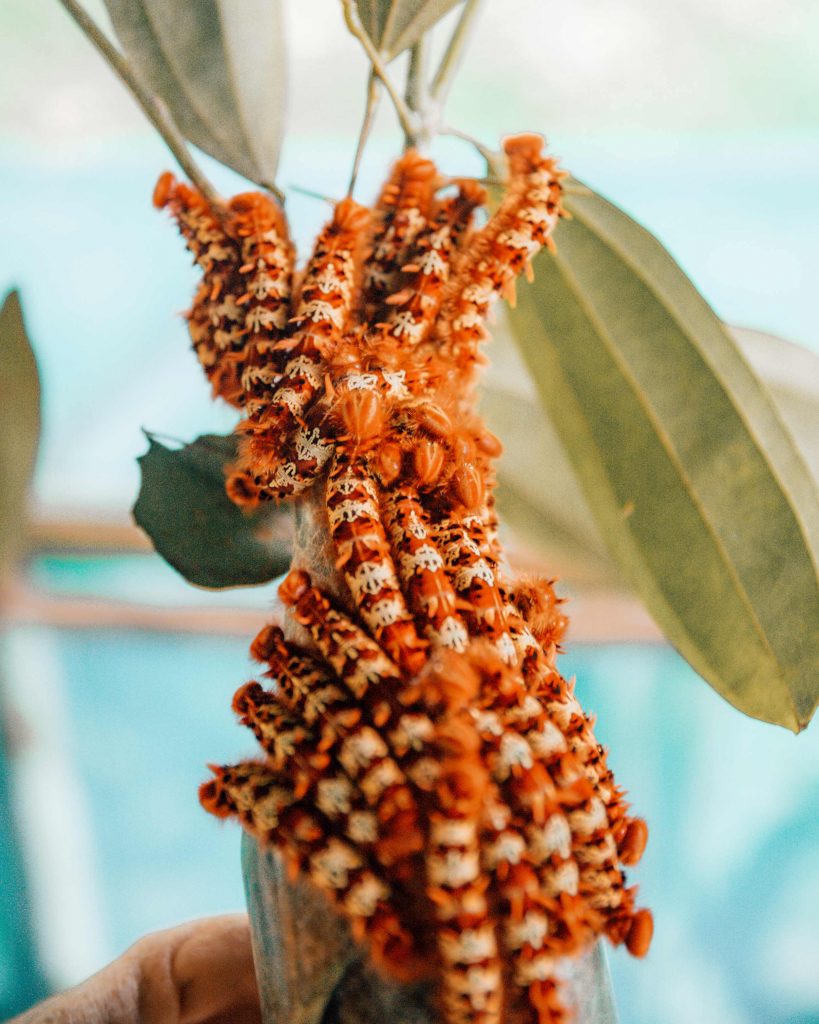
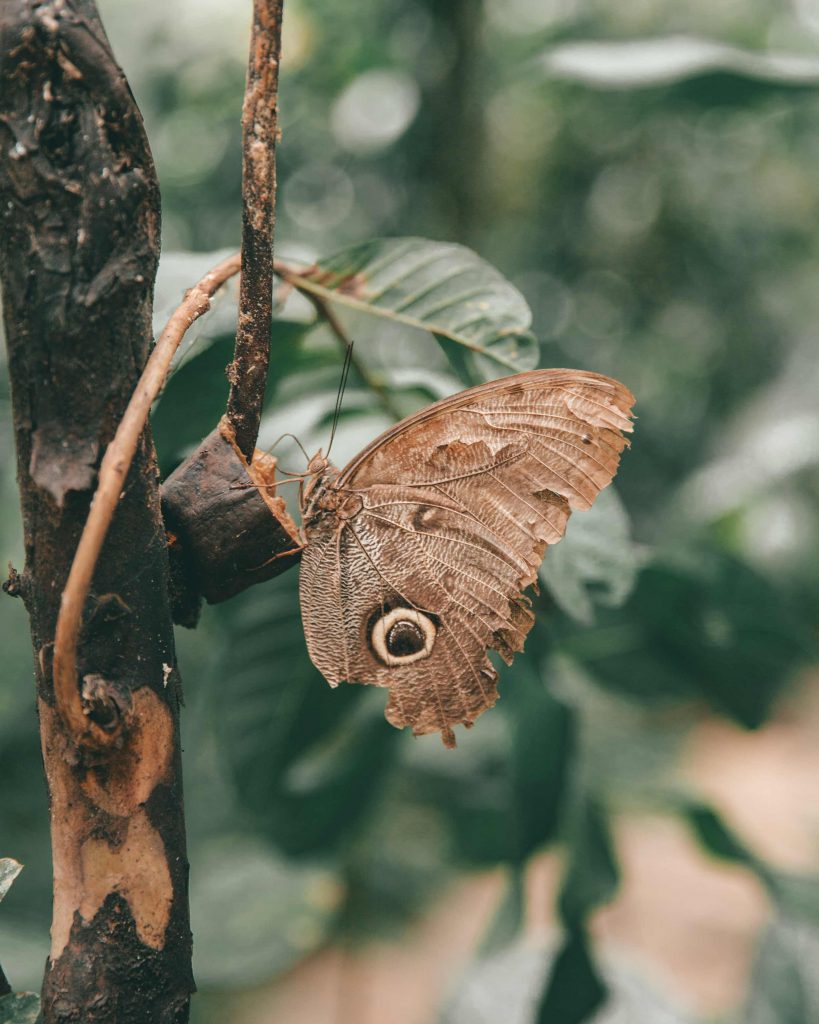
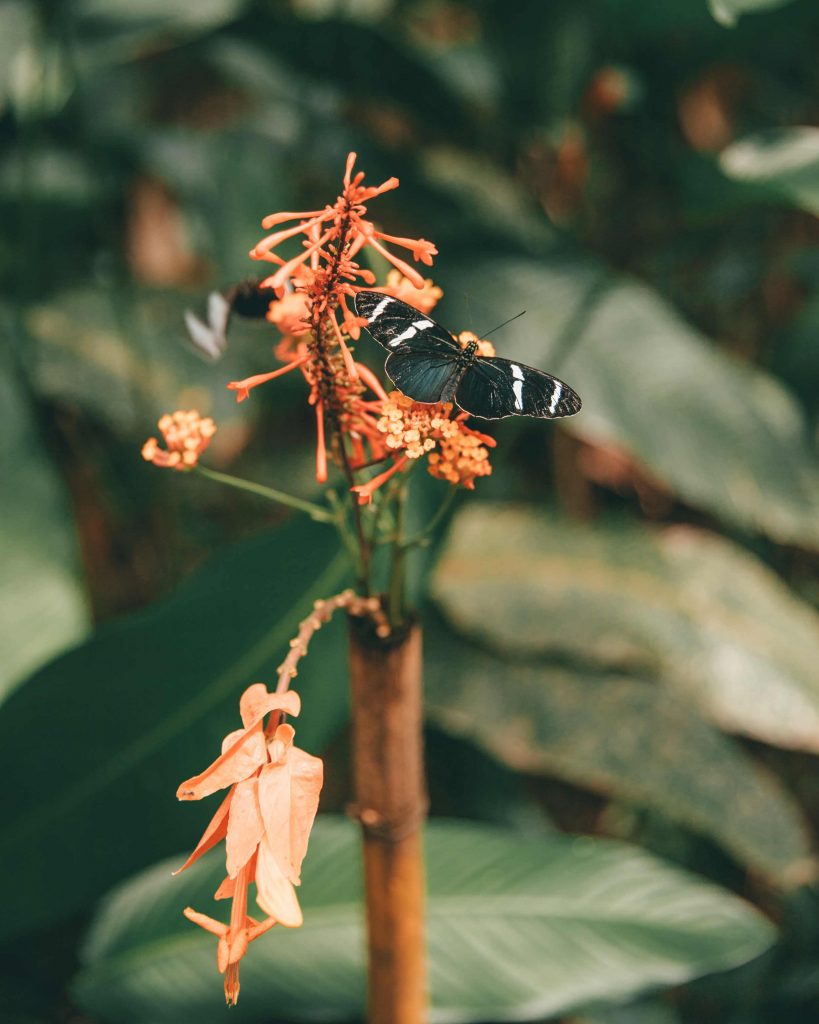
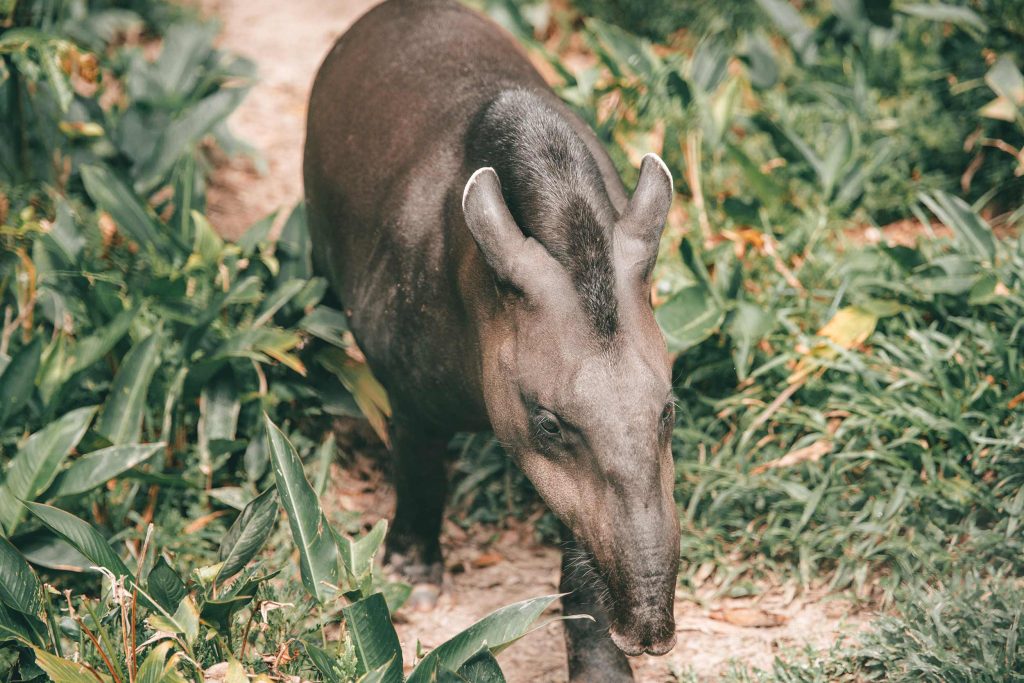
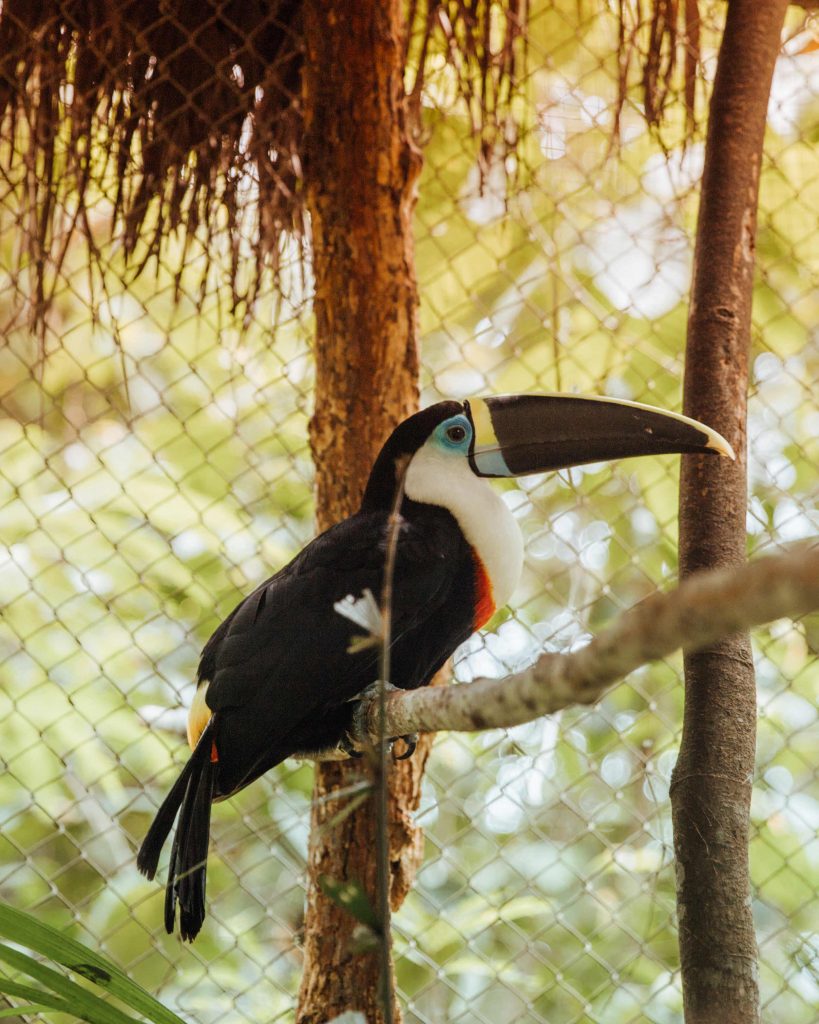
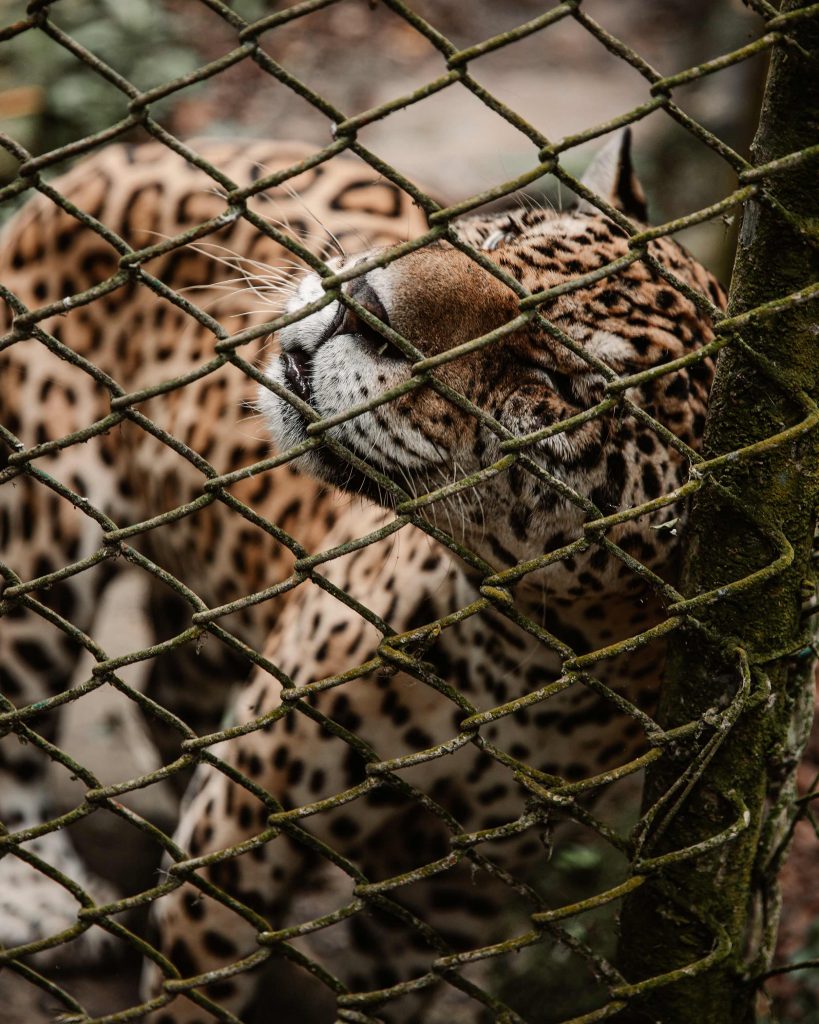
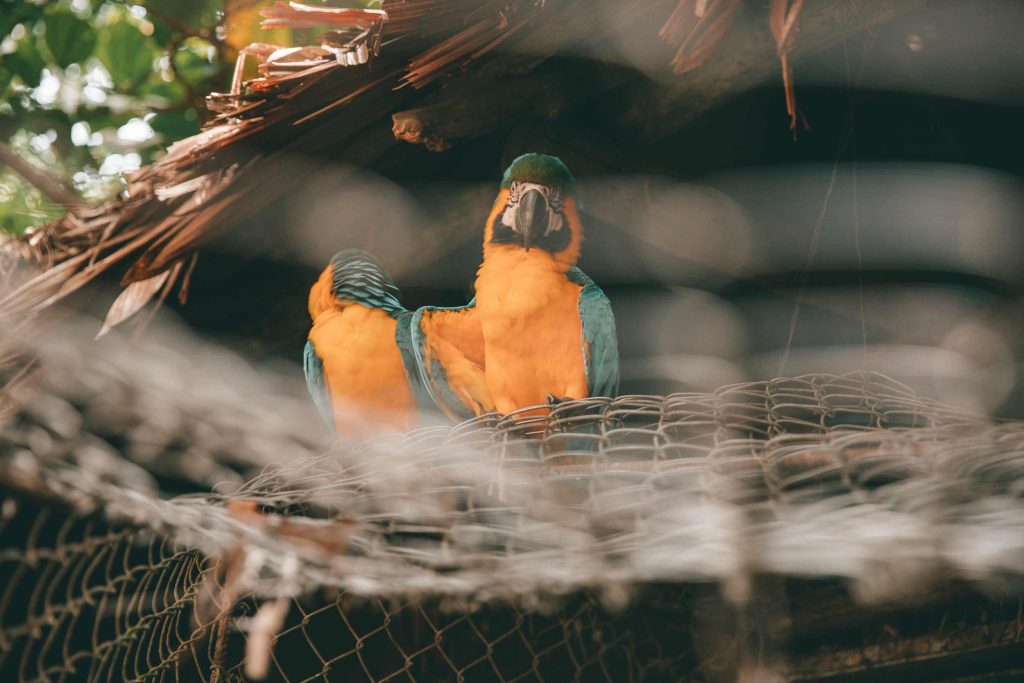

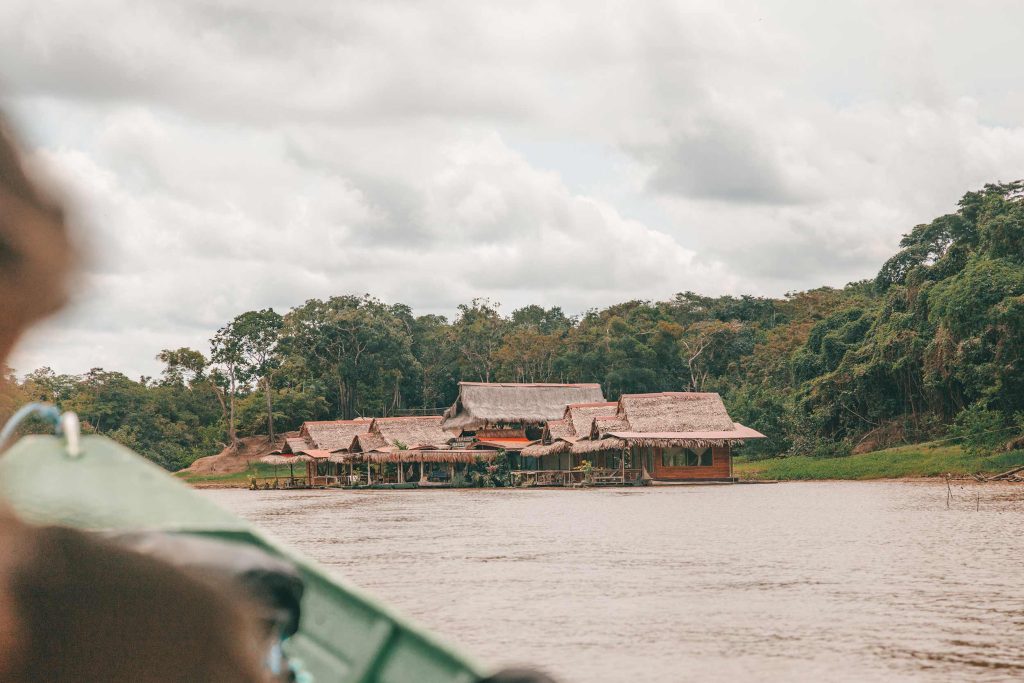
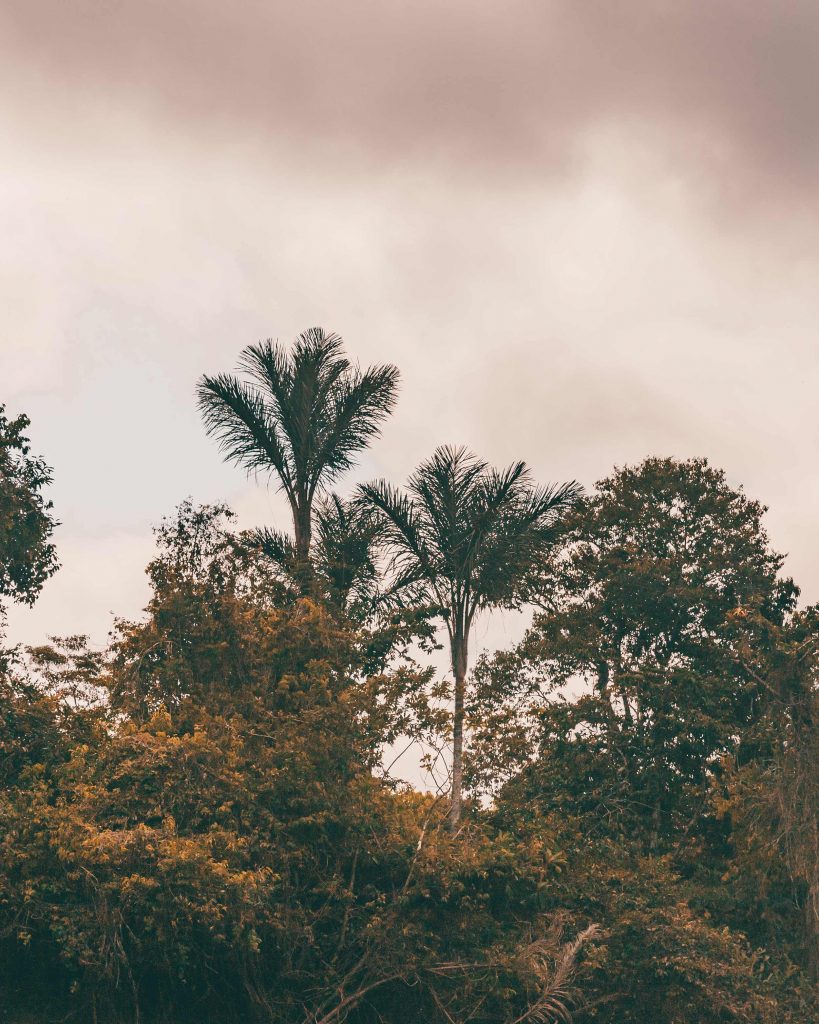
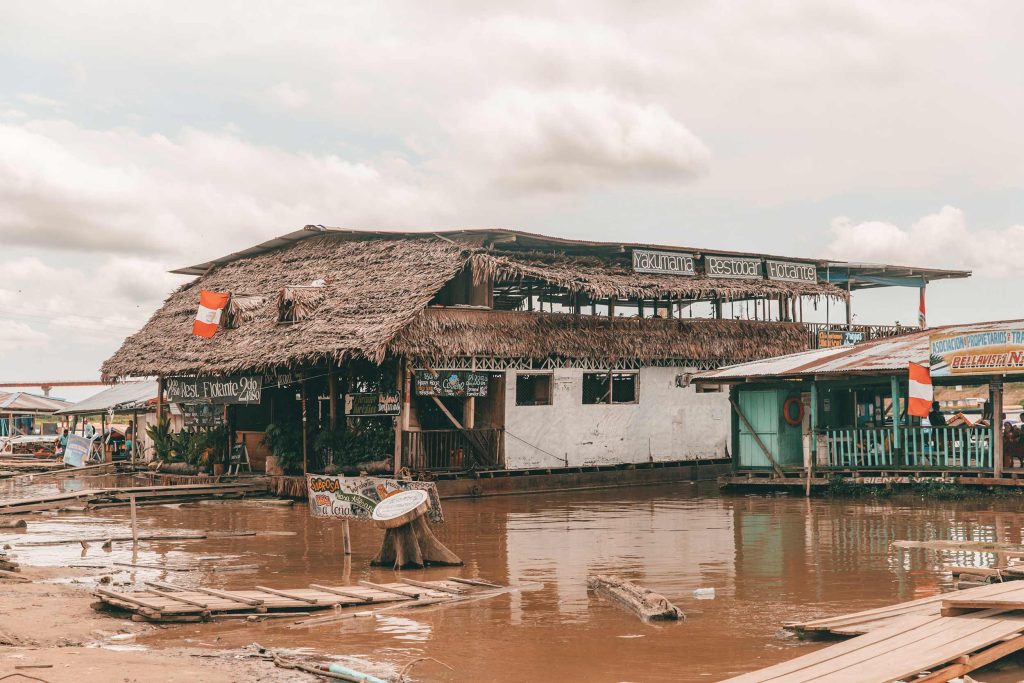
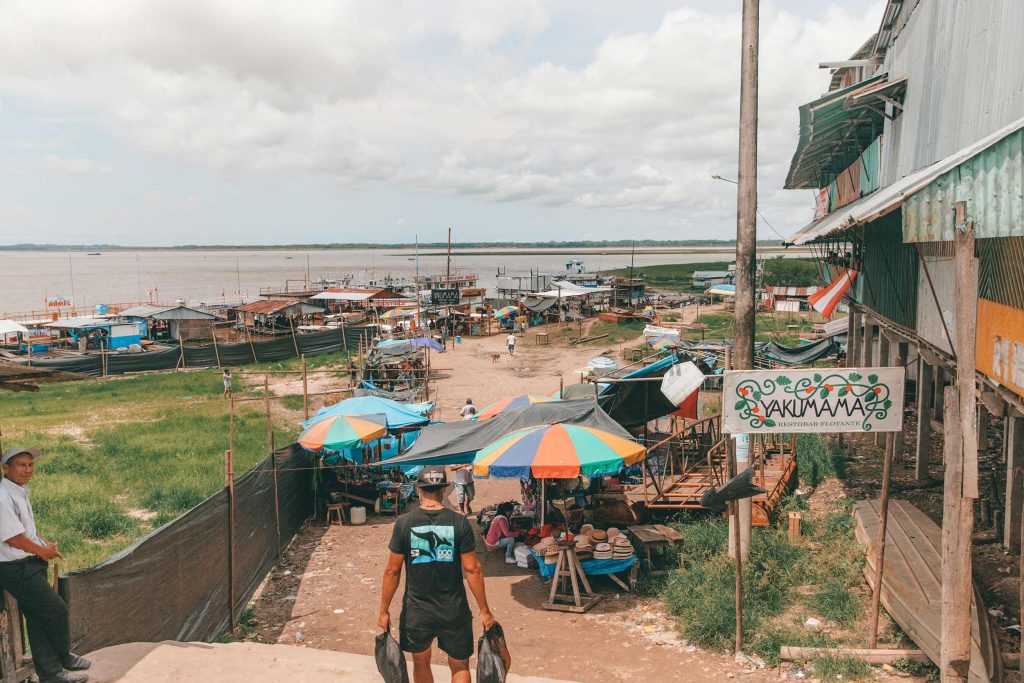
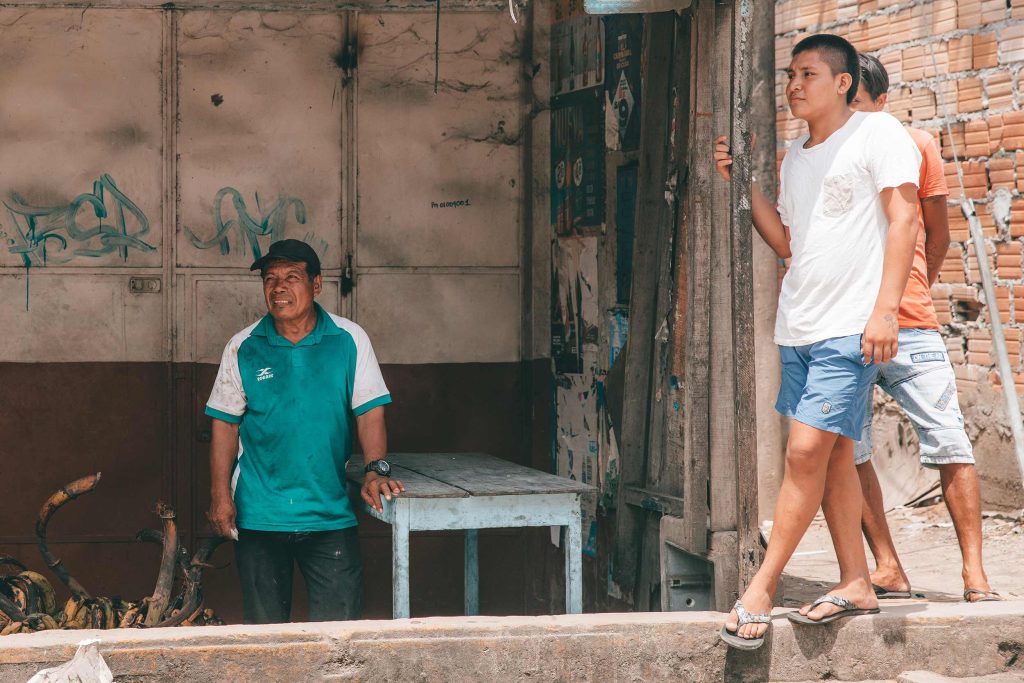
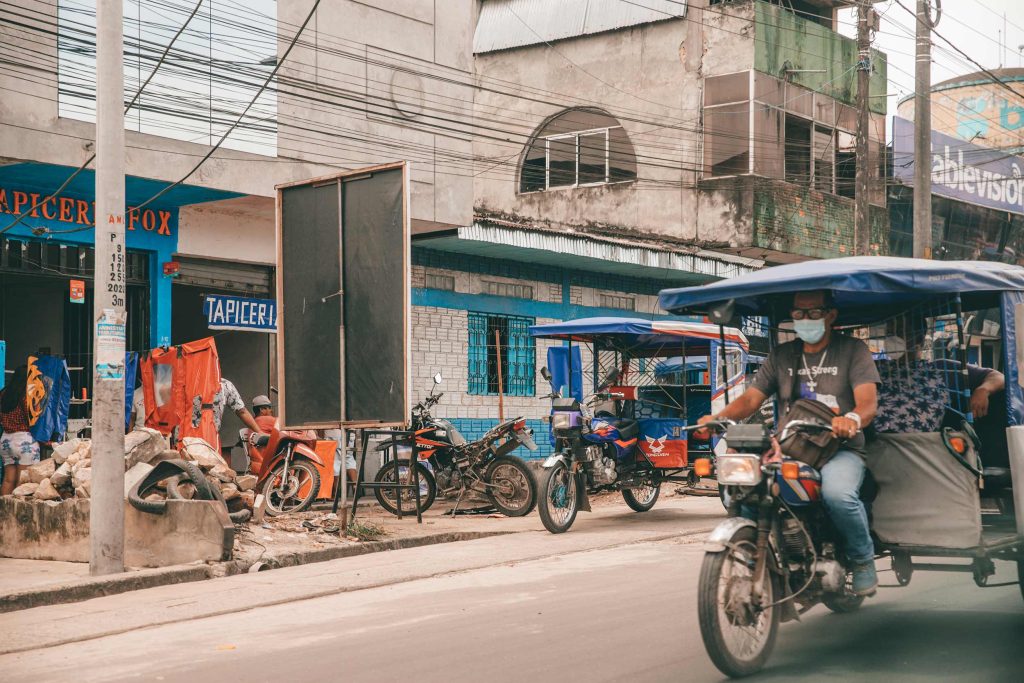
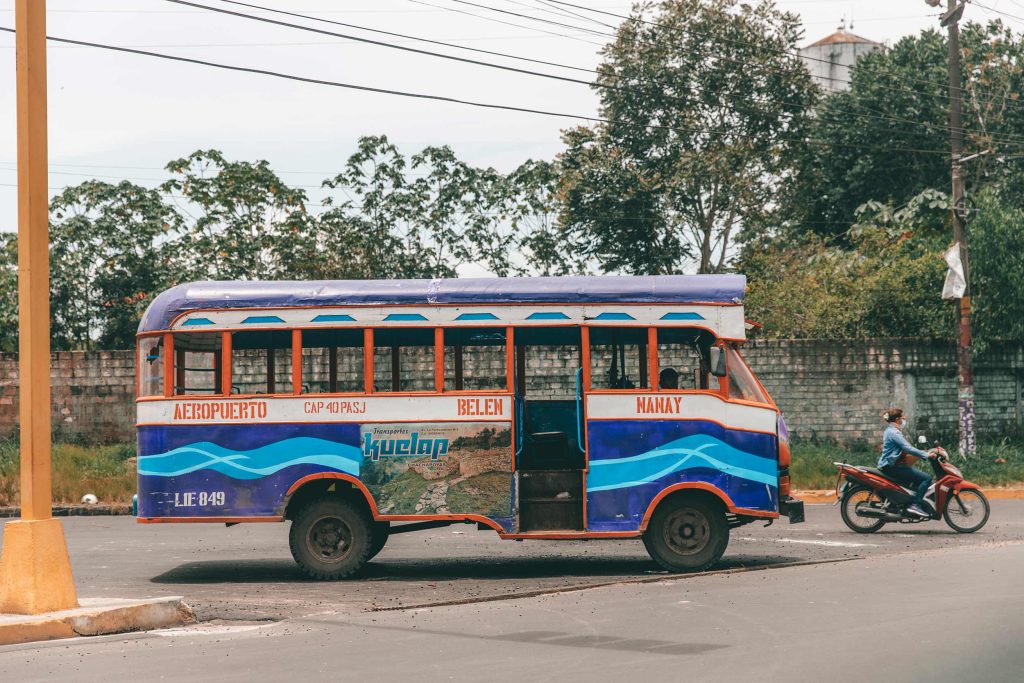
[…] ↠ Read more: “Visit the Amazon in Iquitos, Peru!” […]